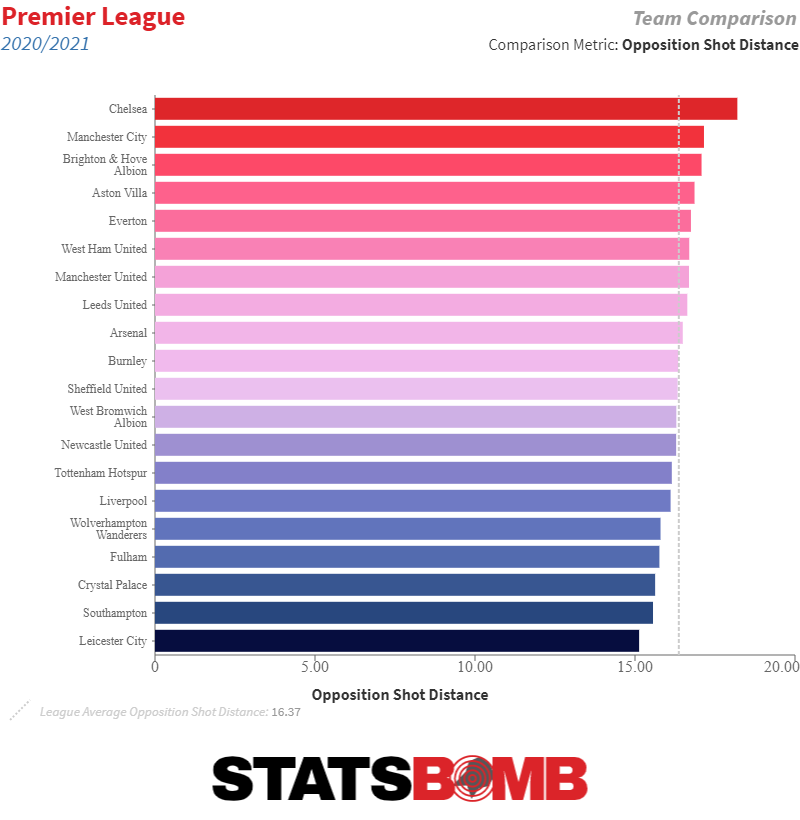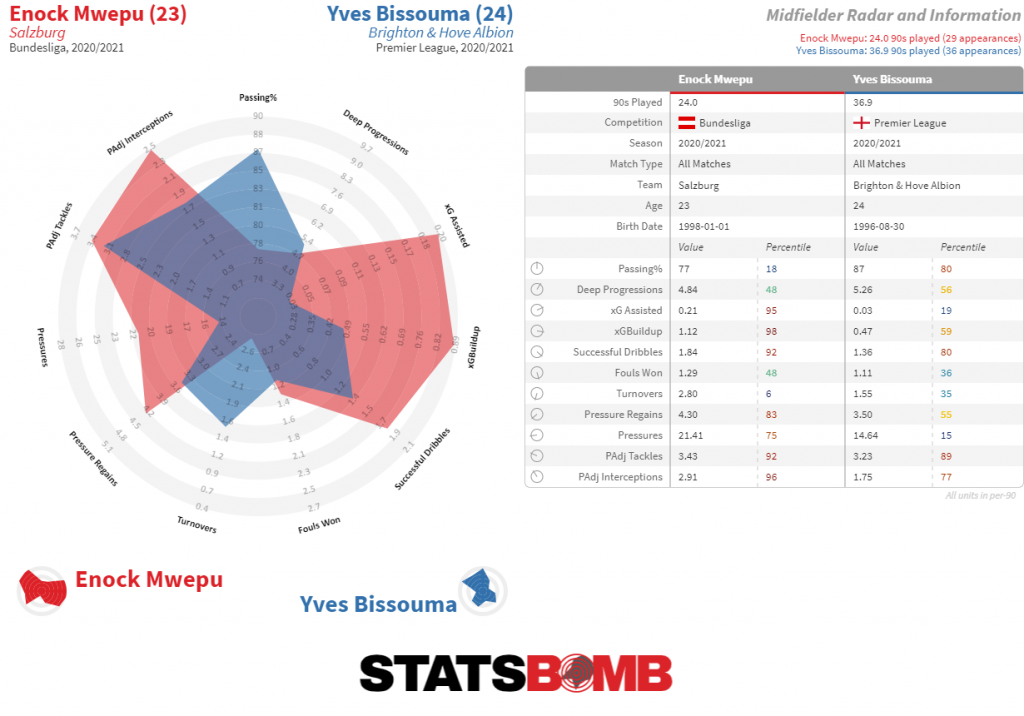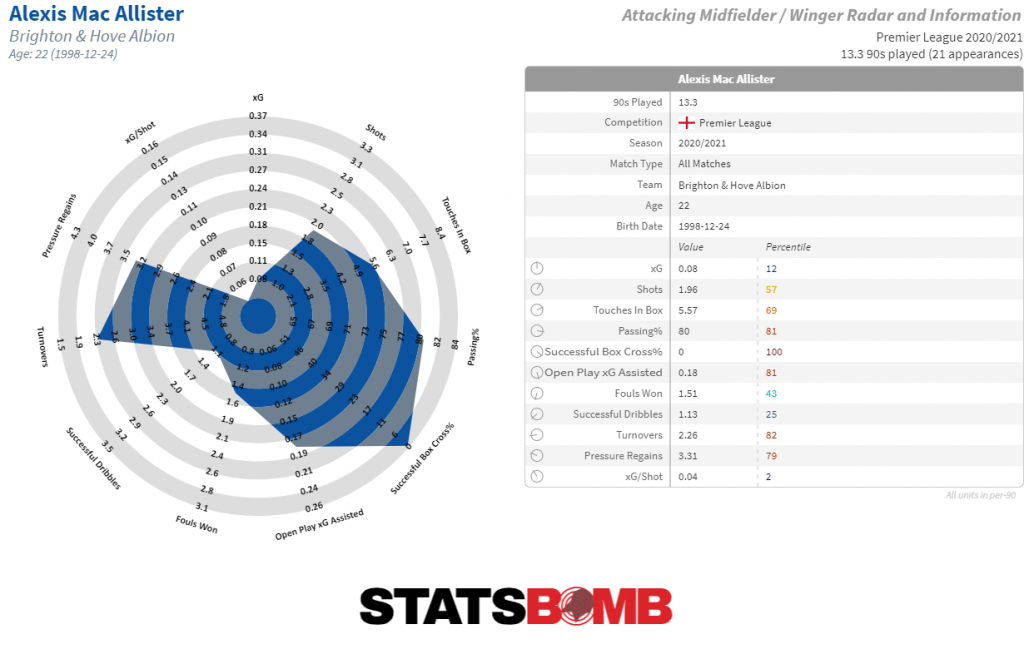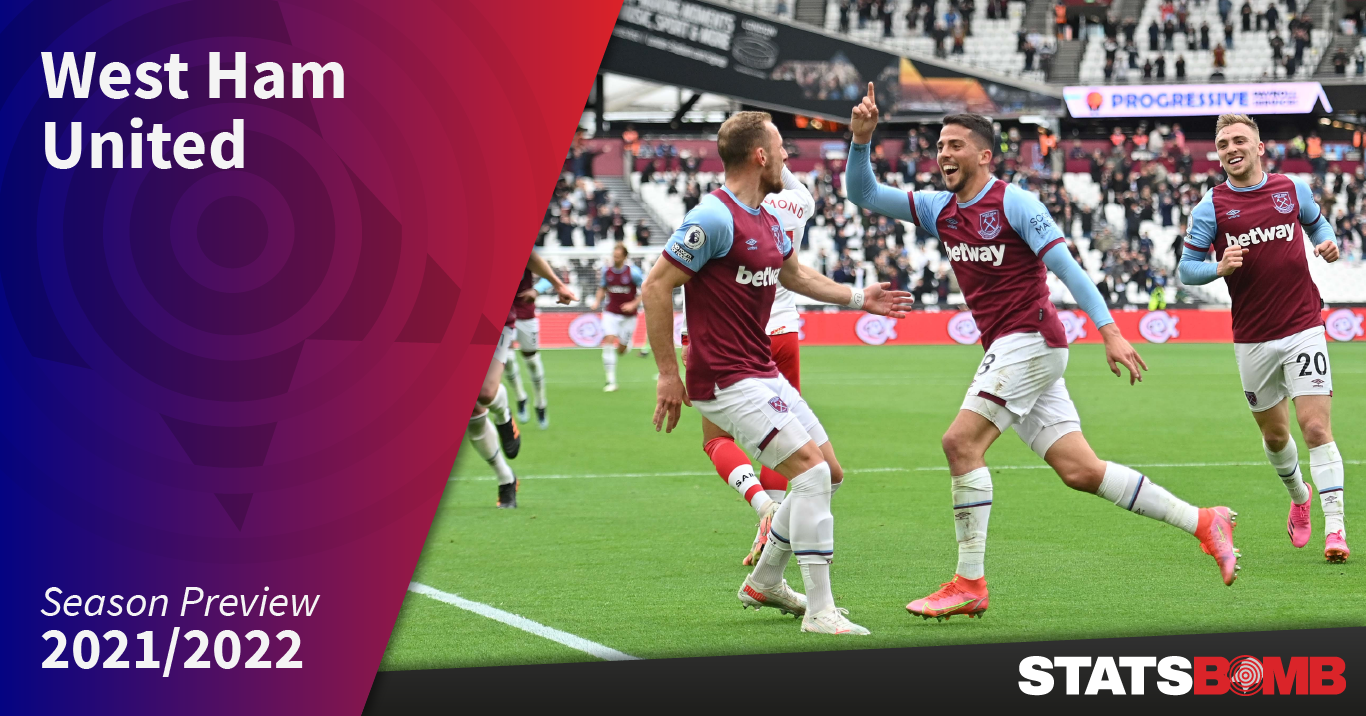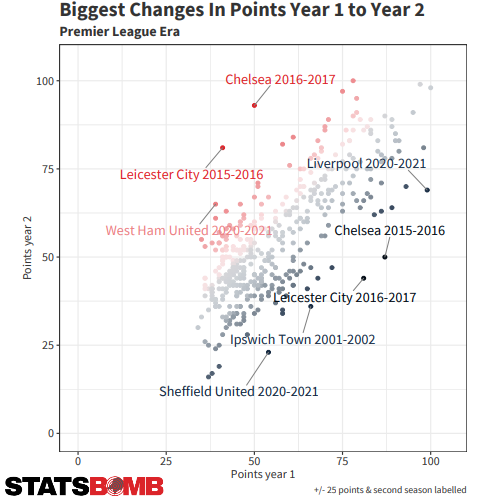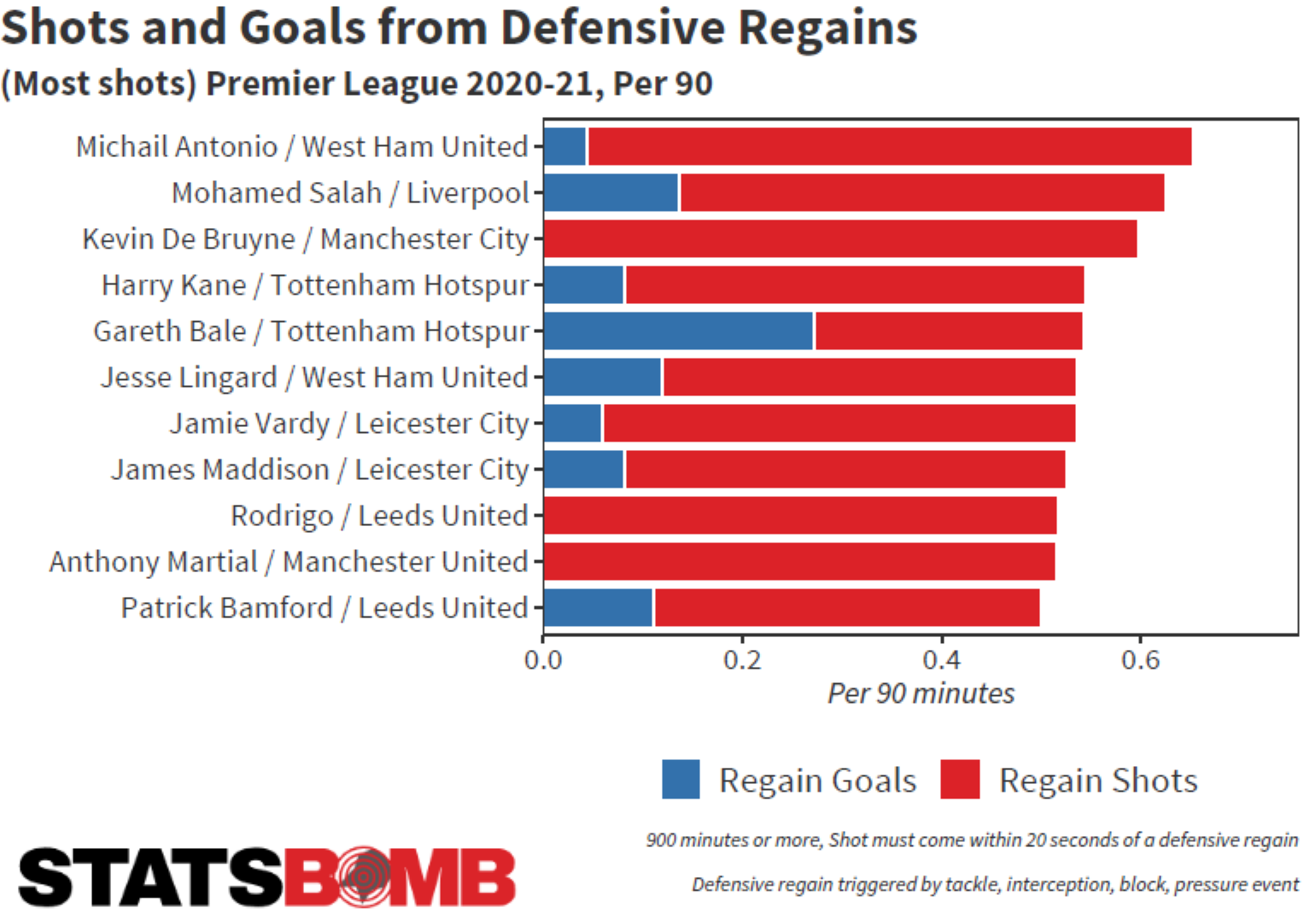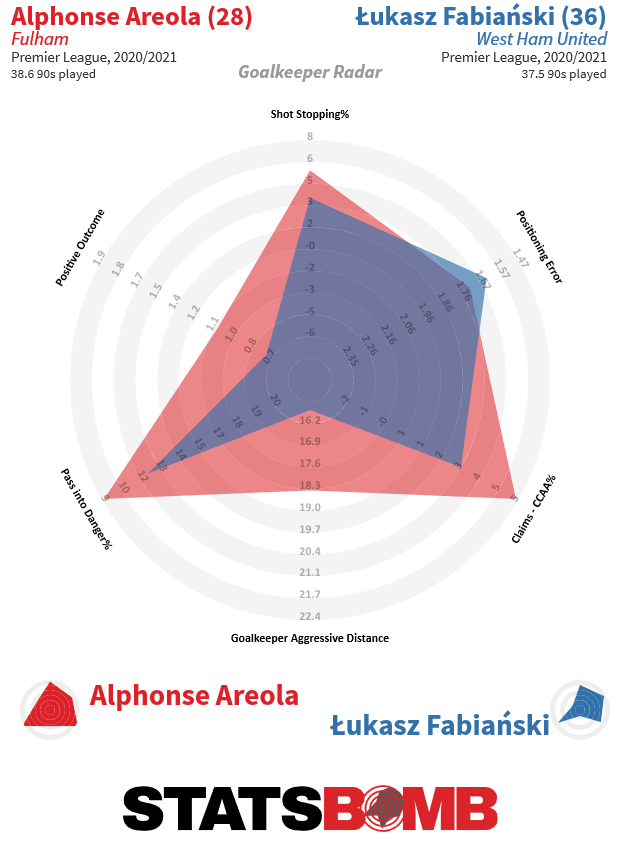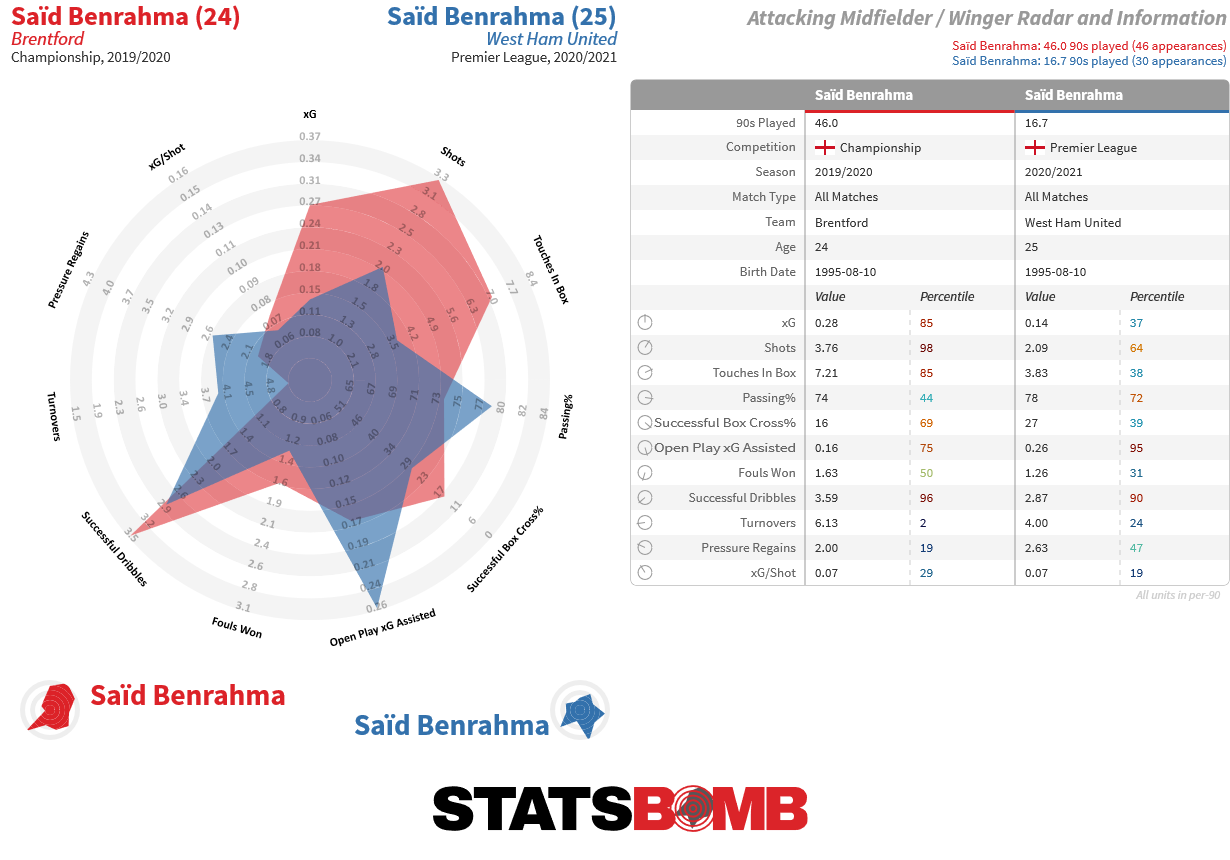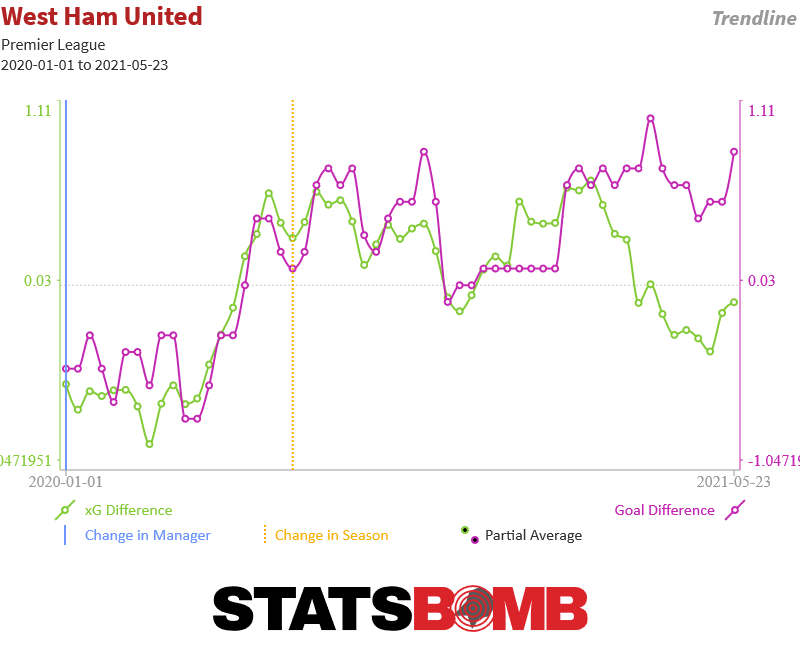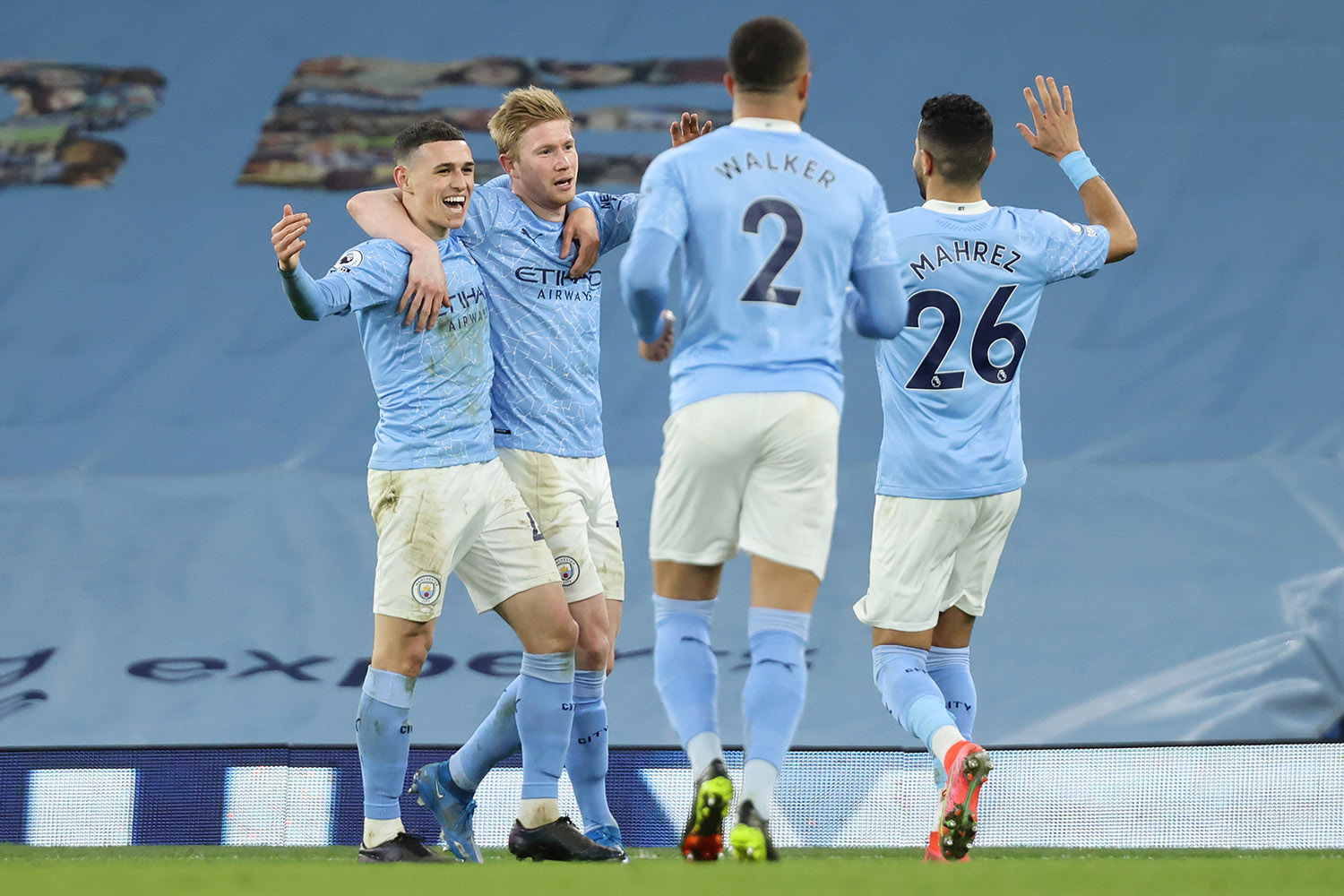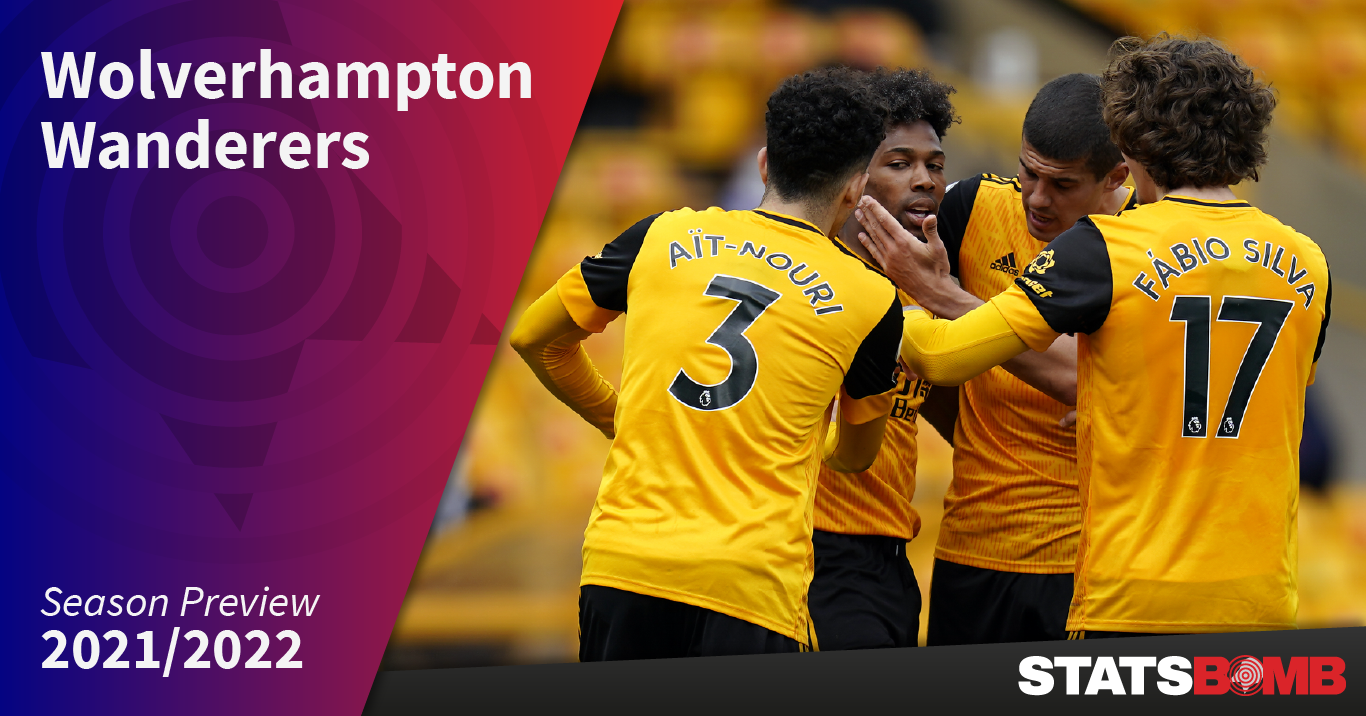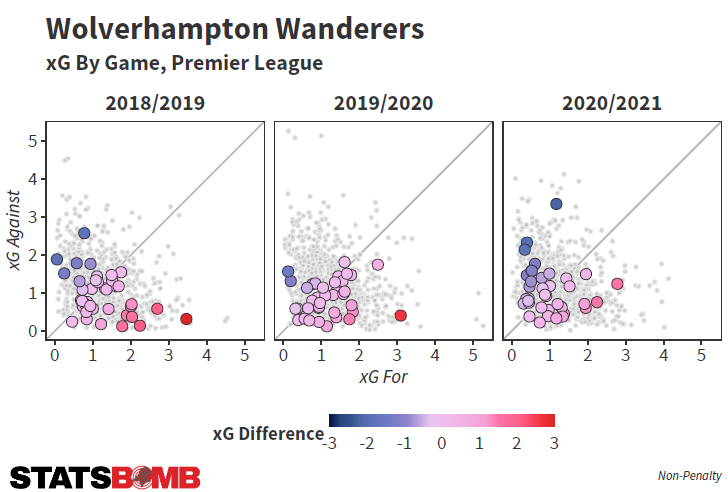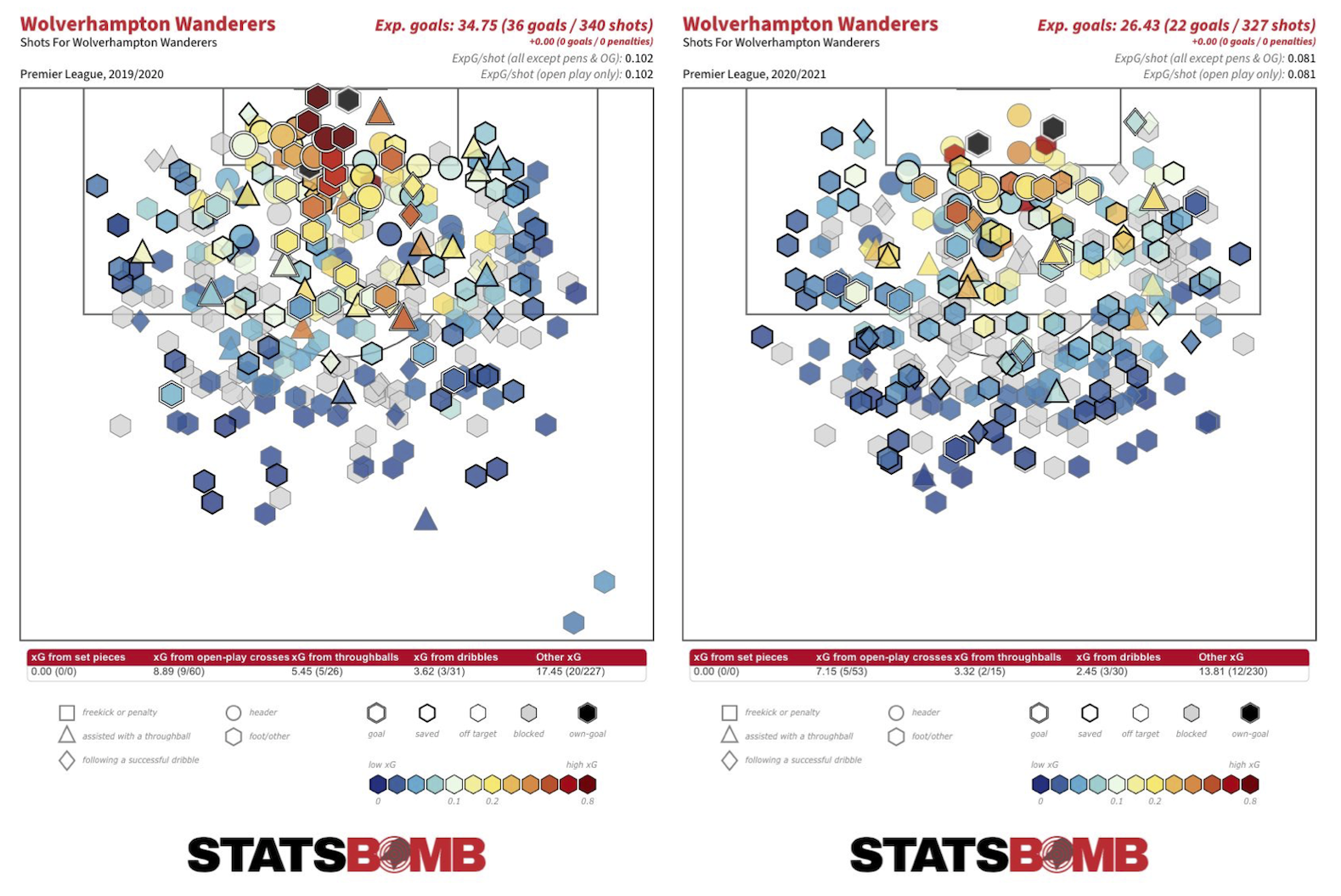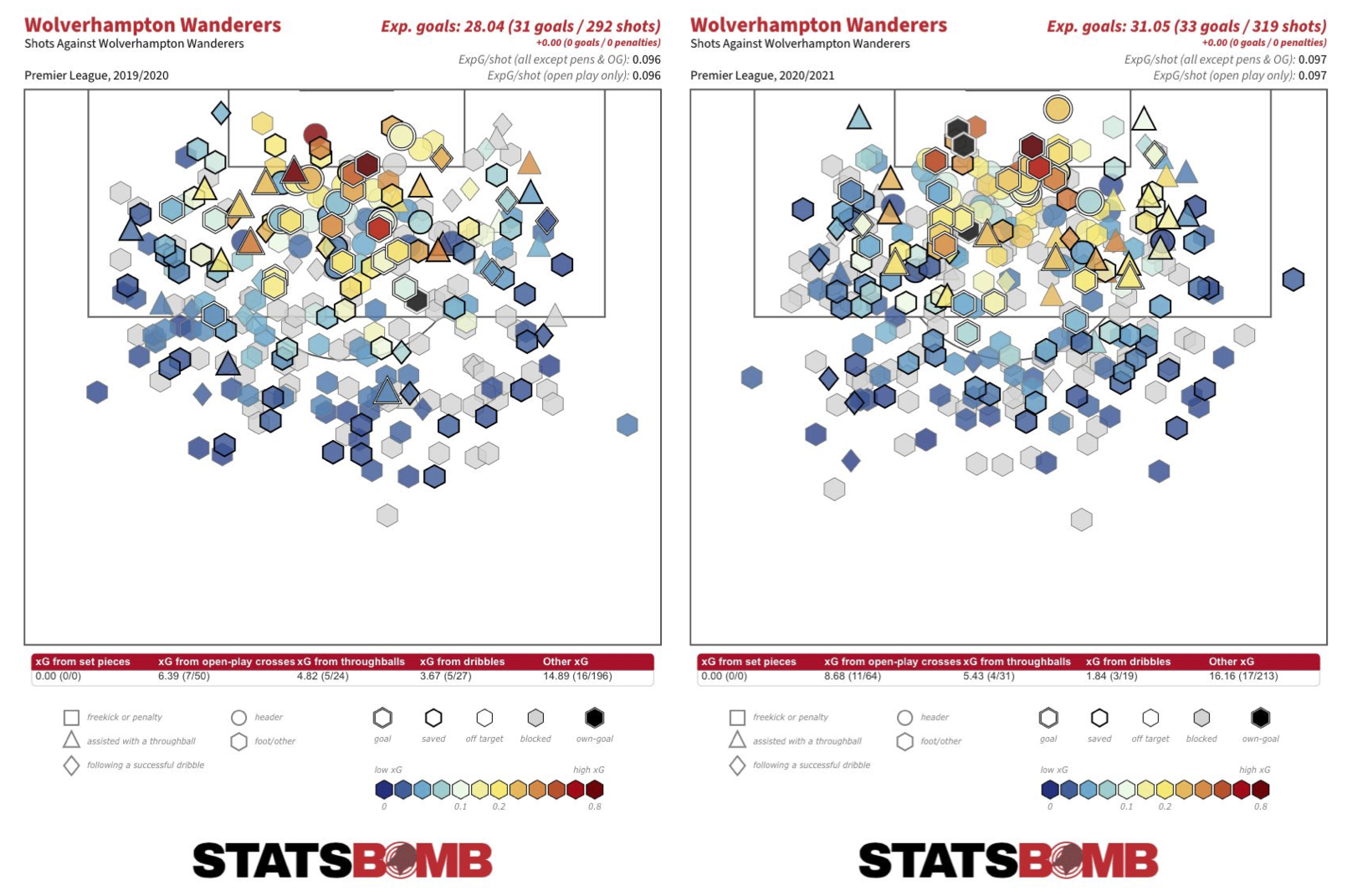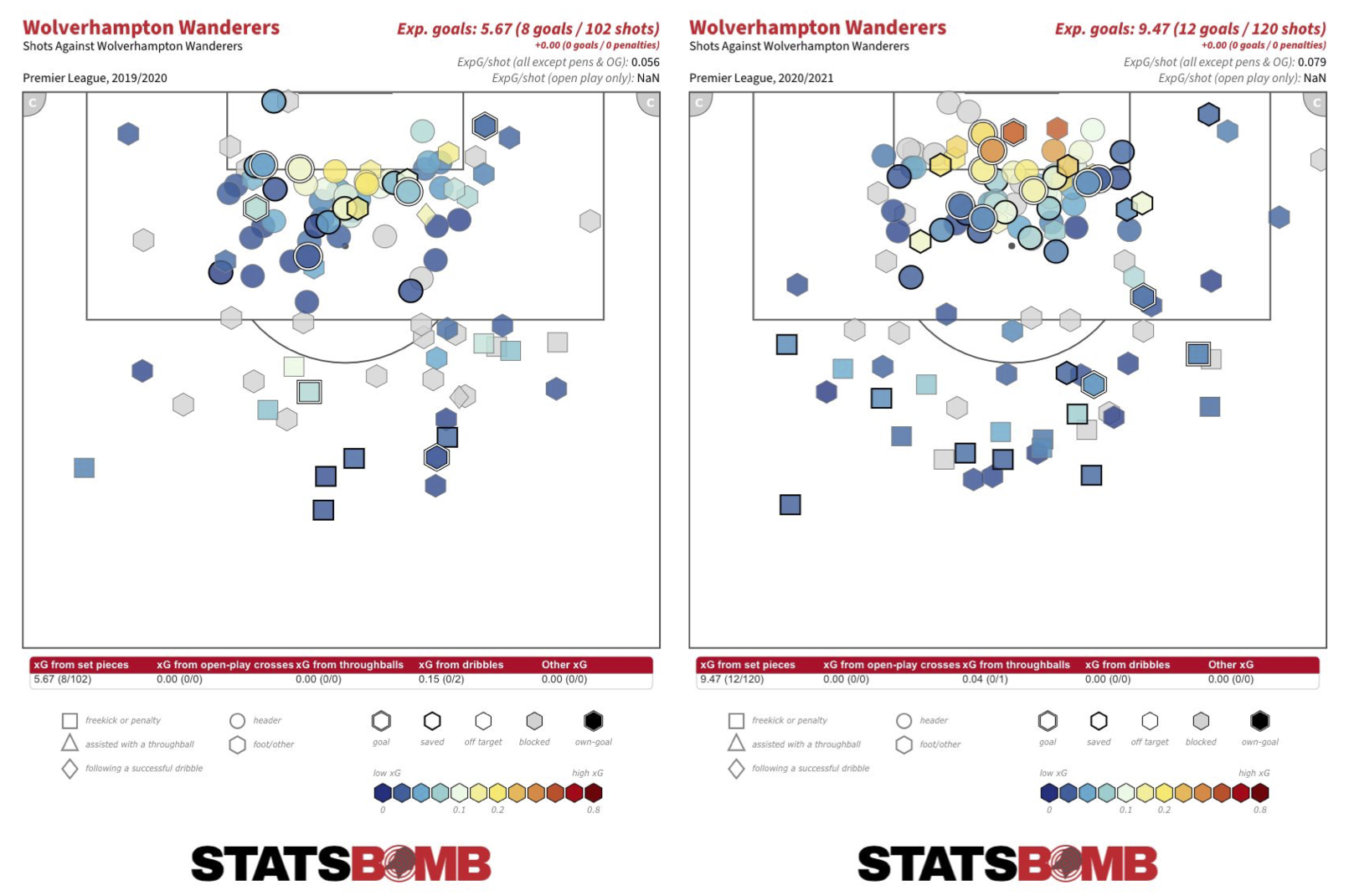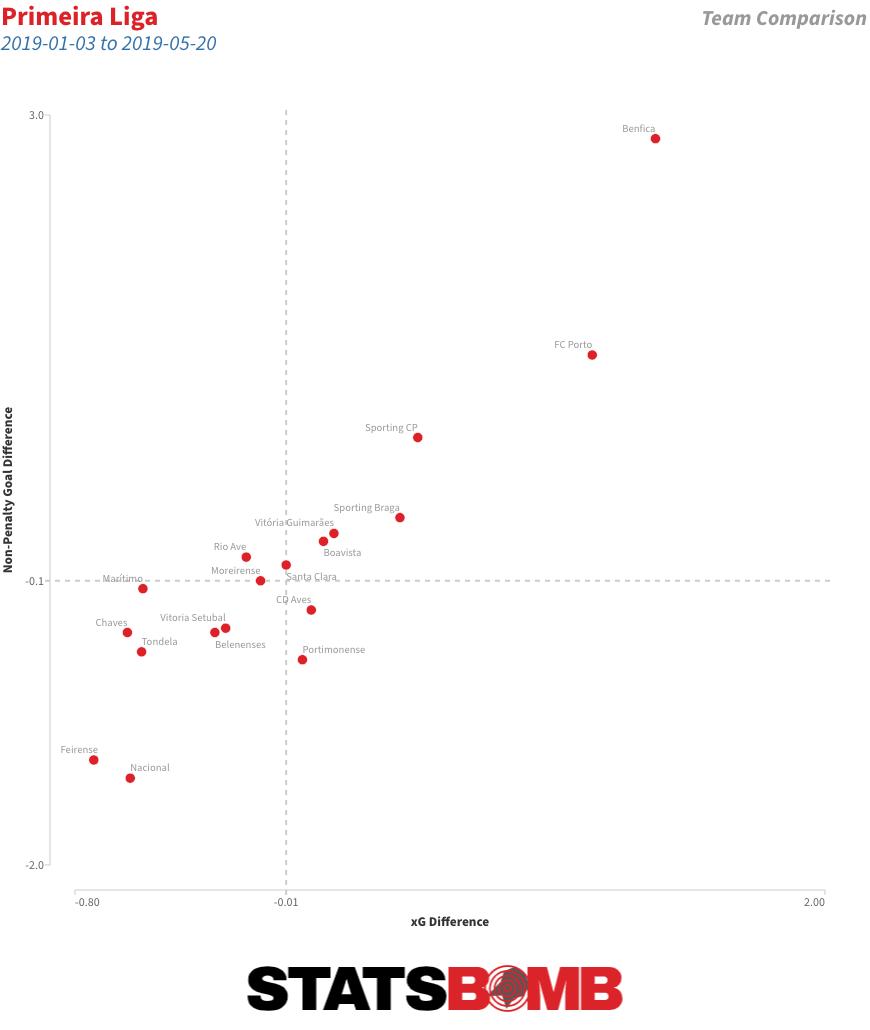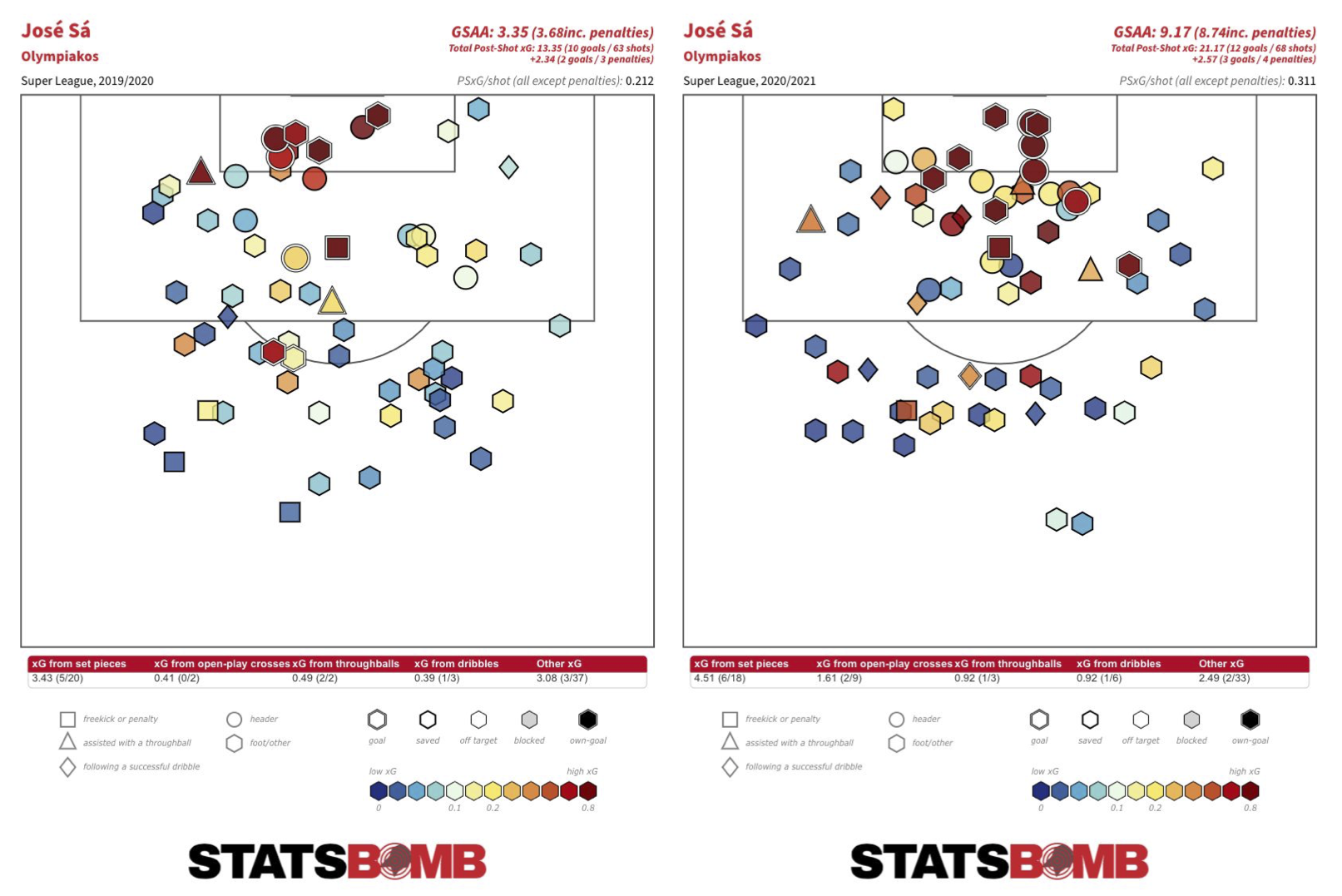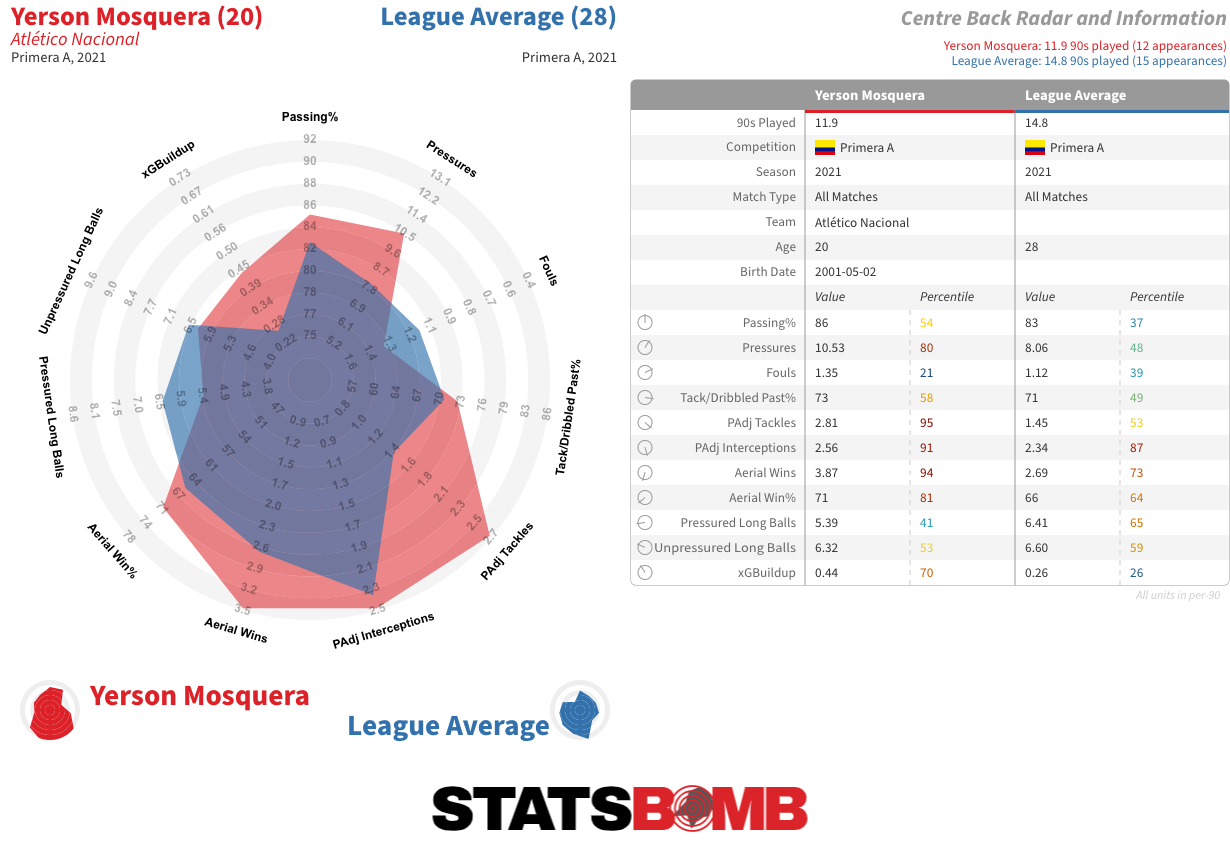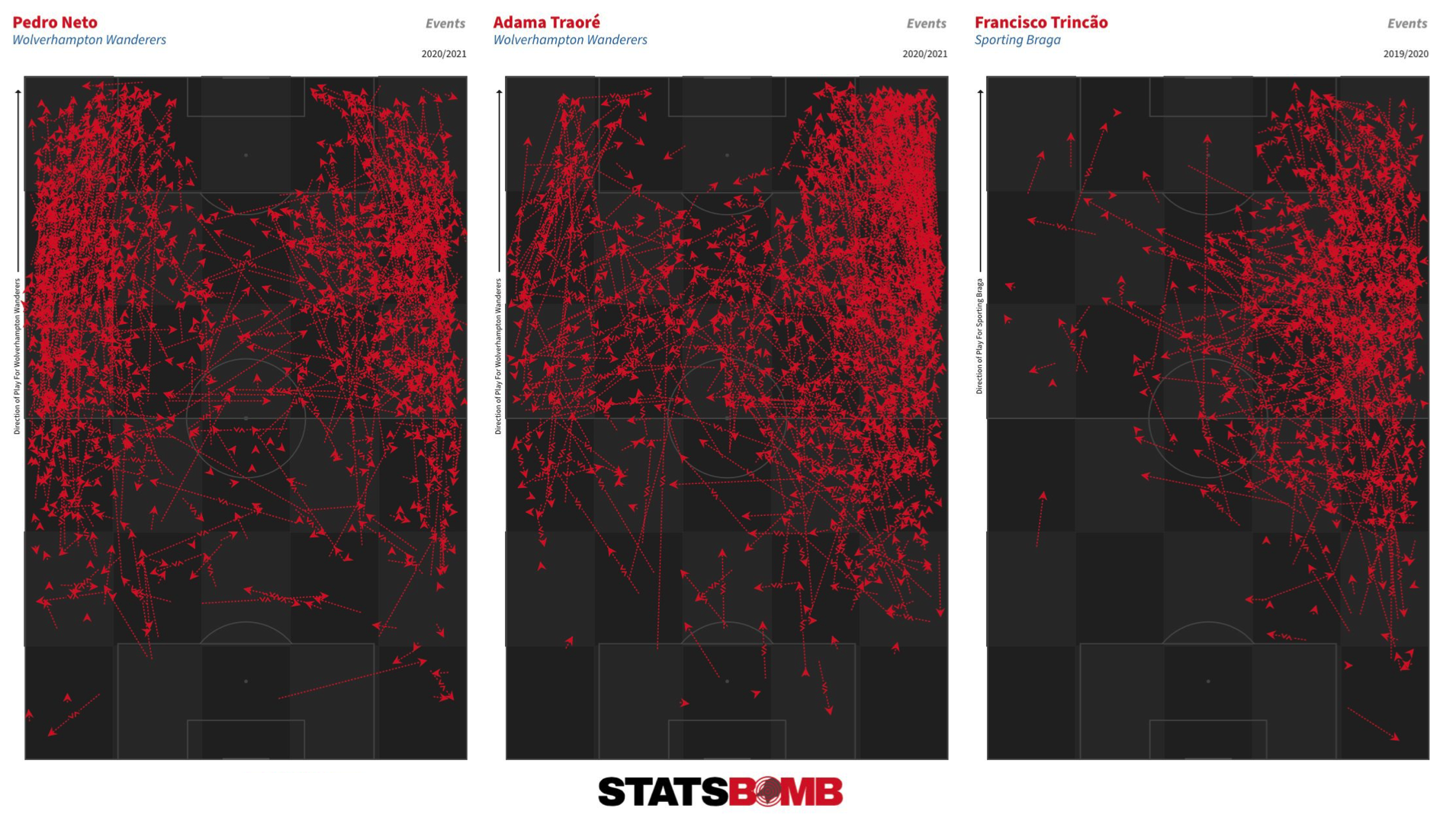Relegation in 2019/20 ended Watford’s five-year stay in the Premier League, but they yo-yoed at the first attempt to regain their place in the top tier, finishing Championship runners-up in 2020/21. They came into the new season with plenty of optimism. Vladimir Ivić was a somewhat left-field appointment to lead Operation Bounce Back, but he did have trophies from stints in Greece and Israel on his CV. He also had what some pundits believed to be the strongest squad in the Championship, having retained the likes of Will Hughes and Ismaïla Sarr to terrorise second-tier defences. Watford’s start to their promotion push was ~fine. Nothing more, nothing less. They won games – nine of their first 20 – and positioned themselves in the promotion pack heading into Christmas. But both board and fanbase were becoming increasingly twitchy with performances, and the sense that Ivić wasn’t getting the most out of the players available to him continued to grow with every grinding – and, frankly, boring – game. Just 1.9 goals per game were scored in Watford matches under Ivić. Approaching the halfway point in the season, the underlying numbers pegged them as the 7th best team in the league, and that was enough for the Watford senior management -- not known for their patience with managers -- to cut ties with the Serbian. Ivić was sacked after 20 games with the team 5th in the table. 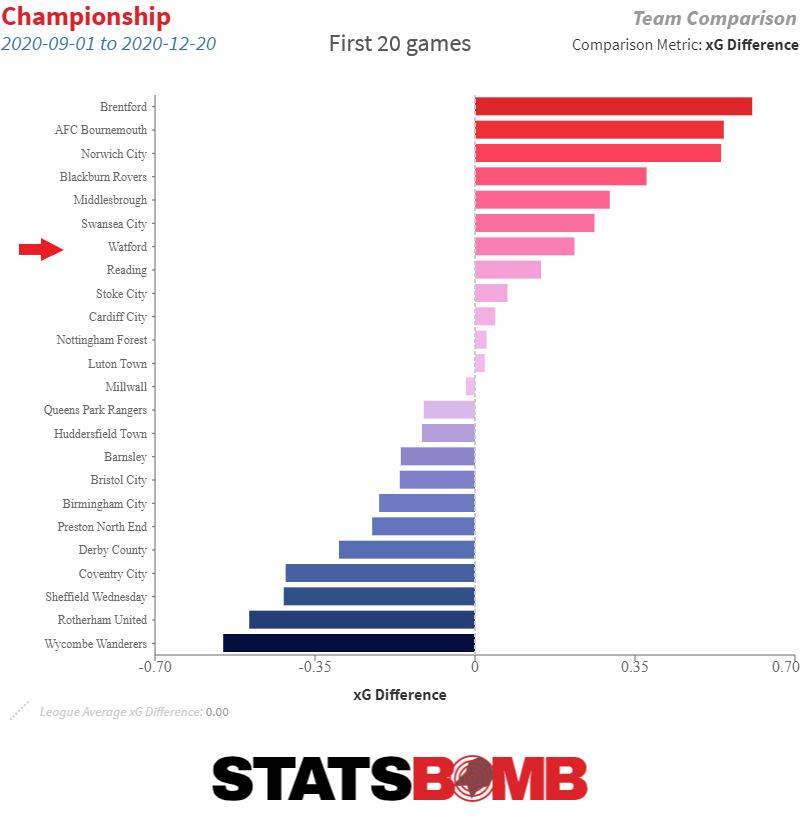 Their chosen replacement for Ivić was even further out of left-field. So far left that it could’ve been right. And so it came to be, eventually. Xisco Muñoz joined from Georgian powerhouses Dinamo Tbilisi -- yes, Dinamo Tbilisi -- after taking just 11 games as a manager -- yes, just 11 games -- to kickstart their stuttering promotion campaign. To the layman, it seemed a risky appointment with so much at stake, and initial performances didn’t encourage. Results remained ~fine, taking 14 points from their first eight under Muñoz, but short of the standard required to close the gap on the automatic promotion places. The eighth game of Muñoz’s tenure, a 0-0 draw away at Coventry City, was the catalyst for the run that eventually took them back up. A turgid performance lacking any invention prompted senior players, feeling their chances of an immediate return to the Premier League slipping away, to insist that the team took a more front-foot approach going forwards. The results were instant. Muñoz switched the team from a 4-4-2 to a 4-3-3 shape, and Bristol City were put to the sword.
Their chosen replacement for Ivić was even further out of left-field. So far left that it could’ve been right. And so it came to be, eventually. Xisco Muñoz joined from Georgian powerhouses Dinamo Tbilisi -- yes, Dinamo Tbilisi -- after taking just 11 games as a manager -- yes, just 11 games -- to kickstart their stuttering promotion campaign. To the layman, it seemed a risky appointment with so much at stake, and initial performances didn’t encourage. Results remained ~fine, taking 14 points from their first eight under Muñoz, but short of the standard required to close the gap on the automatic promotion places. The eighth game of Muñoz’s tenure, a 0-0 draw away at Coventry City, was the catalyst for the run that eventually took them back up. A turgid performance lacking any invention prompted senior players, feeling their chances of an immediate return to the Premier League slipping away, to insist that the team took a more front-foot approach going forwards. The results were instant. Muñoz switched the team from a 4-4-2 to a 4-3-3 shape, and Bristol City were put to the sword. 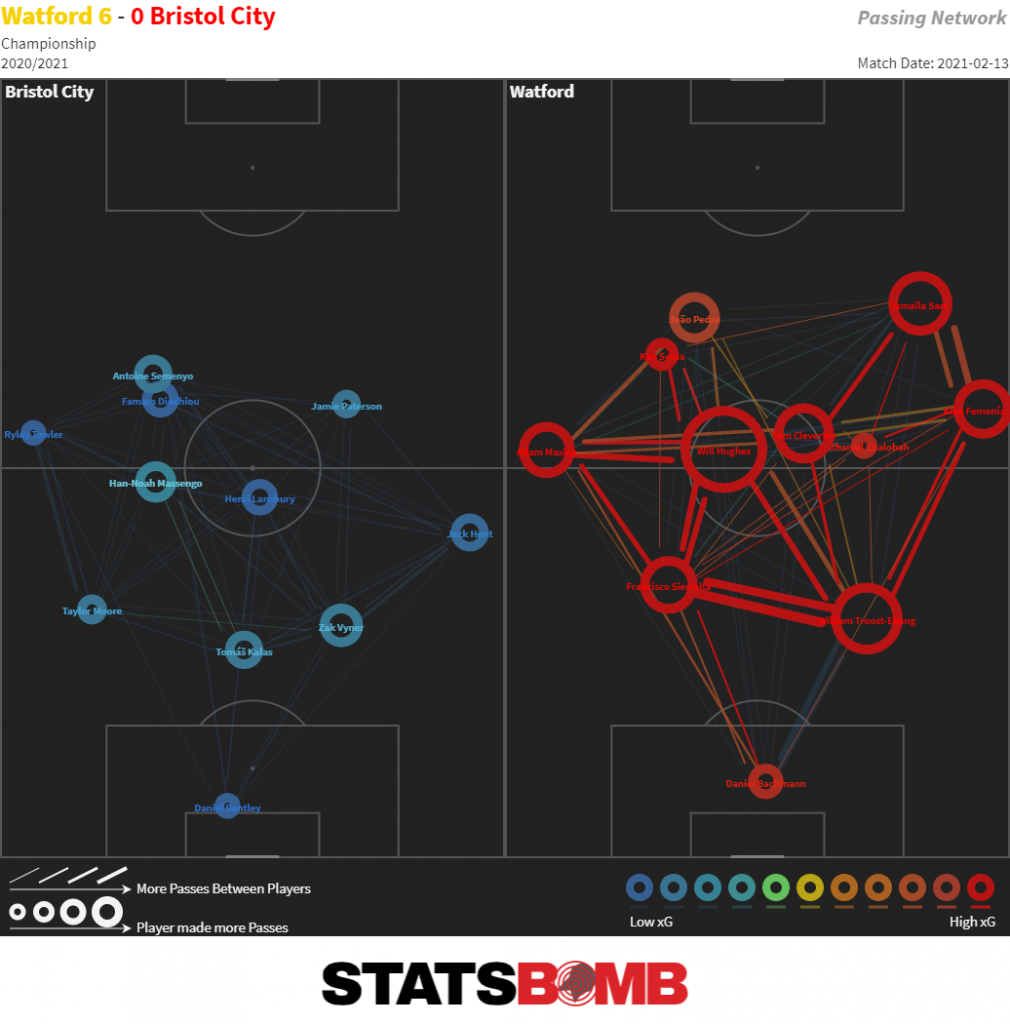 They never looked back. Watford became a relentless winning machine, taking maximum points in 14 of their remaining 18 fixtures to seal promotion.
They never looked back. Watford became a relentless winning machine, taking maximum points in 14 of their remaining 18 fixtures to seal promotion. 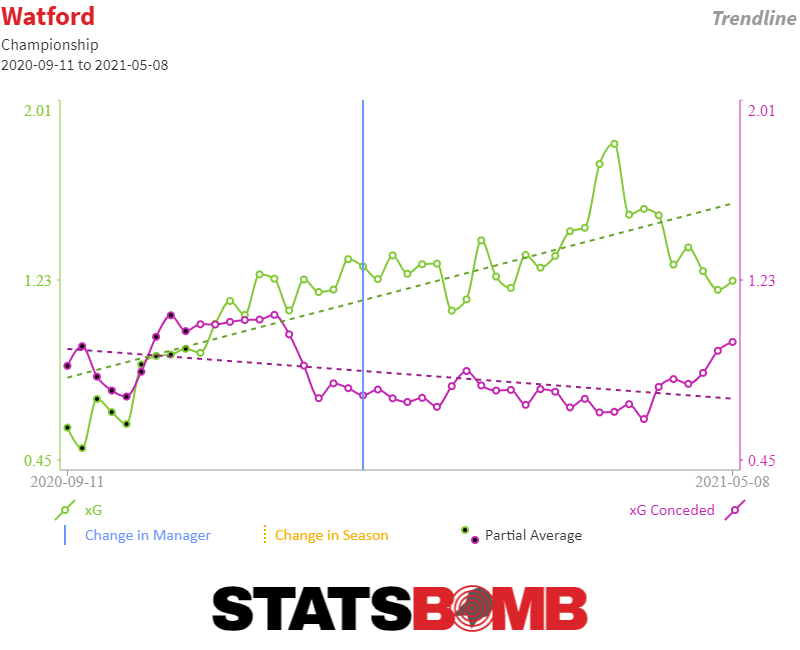 Their defensive record was critical to the promotion, something that should stand them in good stead this season. Ivić laid the foundations, but Muñoz improved the team as a whole, taking the handbrake off and allowing the players to express themselves while retaining their defensive solidity, even improving in this aspect. From the time Muñoz was appointed, Watford conceded just 15 goals and ~20 expected goals, both league-best rates over the 26-game period in which the Spaniard was in charge. The main driver of their exemplary defensive record was their ability to shut down the quality of chances created against them. Watford conceded 10.6 shots per game under Muñoz – 9th-best in the league in his tenure – but their xG per shot conceded was just 0.07, far and away the stingiest in the league. It became very difficult to create good chances against this team. A lot of this can be attributed to their defensive organisation and determination to reduce the sight of goal available to the opposition forward. When the opposition created footed shots in the box, Watford had an average of 3.8 defenders positioned deeper than the shot location, suggesting they effectively slowed the opponent attacks down enough to set themselves in a good defensive position. Consequently, this meant that Watford could get a defender between the shooter and goal more often than not, averaging 1.1 defenders between the ball and goalkeeper – something that would greatly reduce the quality of the opening. Footed shots in the box are the holy grail of chance creation, but not if a defender is blocking your way.
Their defensive record was critical to the promotion, something that should stand them in good stead this season. Ivić laid the foundations, but Muñoz improved the team as a whole, taking the handbrake off and allowing the players to express themselves while retaining their defensive solidity, even improving in this aspect. From the time Muñoz was appointed, Watford conceded just 15 goals and ~20 expected goals, both league-best rates over the 26-game period in which the Spaniard was in charge. The main driver of their exemplary defensive record was their ability to shut down the quality of chances created against them. Watford conceded 10.6 shots per game under Muñoz – 9th-best in the league in his tenure – but their xG per shot conceded was just 0.07, far and away the stingiest in the league. It became very difficult to create good chances against this team. A lot of this can be attributed to their defensive organisation and determination to reduce the sight of goal available to the opposition forward. When the opposition created footed shots in the box, Watford had an average of 3.8 defenders positioned deeper than the shot location, suggesting they effectively slowed the opponent attacks down enough to set themselves in a good defensive position. Consequently, this meant that Watford could get a defender between the shooter and goal more often than not, averaging 1.1 defenders between the ball and goalkeeper – something that would greatly reduce the quality of the opening. Footed shots in the box are the holy grail of chance creation, but not if a defender is blocking your way. 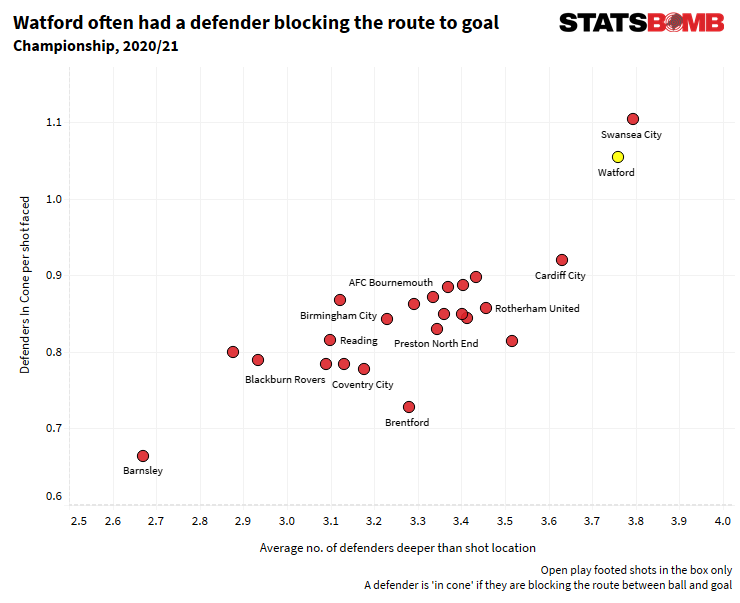 The broken finger suffered by goalkeeper Ben Foster, one of few players in credit after the opening half of the season, in January could’ve been a blow to their promotion push, but replacement Daniel Bachmann rose to the challenge to make it a seamless transition. The data over Bachmann’s time in goal reflects his solid performance as Foster’s replacement and the solid performance of the defense as a whole. As a benchmark, Foster faced 2.5 shots on target per game for a post-shot xG value of 0.70 per game, whereas Bachmann faced 1.9 shots on target per game for a post-shot xG value of 0.43 per game. That is to say, the quality of shots on target that Watford’s opponents were generating were worth just ~4 goals every ten games once Bachmann took his place in net. Both keepers saved goals above expected based on the post-shot xG faced, but it’s clear that Bachmann’s time in goal was a freak outlier thanks to the protection afforded to him by the defence.
The broken finger suffered by goalkeeper Ben Foster, one of few players in credit after the opening half of the season, in January could’ve been a blow to their promotion push, but replacement Daniel Bachmann rose to the challenge to make it a seamless transition. The data over Bachmann’s time in goal reflects his solid performance as Foster’s replacement and the solid performance of the defense as a whole. As a benchmark, Foster faced 2.5 shots on target per game for a post-shot xG value of 0.70 per game, whereas Bachmann faced 1.9 shots on target per game for a post-shot xG value of 0.43 per game. That is to say, the quality of shots on target that Watford’s opponents were generating were worth just ~4 goals every ten games once Bachmann took his place in net. Both keepers saved goals above expected based on the post-shot xG faced, but it’s clear that Bachmann’s time in goal was a freak outlier thanks to the protection afforded to him by the defence. 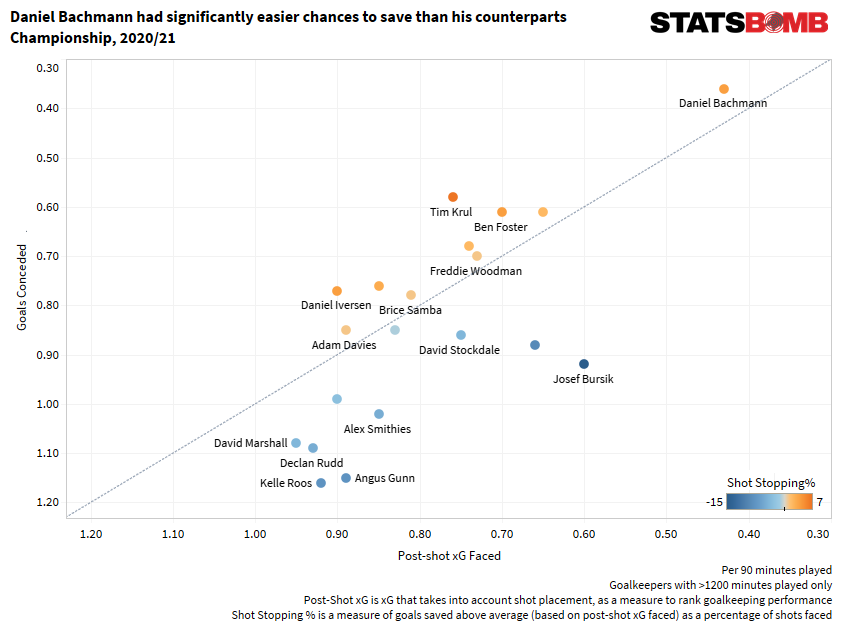 Personnel & Transfers Retaining Ismaïla Sarr will be objective #1 for the Watford hierarchy this summer; to their relief there doesn’t seem to be any major interest in his services. Sarr’s contribution in the final third and penalty box was crucial to the Hornets’ promotion as he demonstrated that he was far too good for the Championship, predictably so, having been a more-than-capable Premier League performer in 2019/20. Sarr’s 17 goals + assists were five more than the next best in the Watford squad, and his ball carrying was a constant thorn in the opposition side. His quality in carrying the ball was evident in our possession value model -- On-Ball Value (OBV) -- numbers from last season. OBV estimates the extent to which an action improves a team's expected goal difference over the next two possessions. Sarr’s OBV/90 was the sixth-highest of all Championship players with >1200 minutes played last season, and his OBV/90 from carries was fourth highest.
Personnel & Transfers Retaining Ismaïla Sarr will be objective #1 for the Watford hierarchy this summer; to their relief there doesn’t seem to be any major interest in his services. Sarr’s contribution in the final third and penalty box was crucial to the Hornets’ promotion as he demonstrated that he was far too good for the Championship, predictably so, having been a more-than-capable Premier League performer in 2019/20. Sarr’s 17 goals + assists were five more than the next best in the Watford squad, and his ball carrying was a constant thorn in the opposition side. His quality in carrying the ball was evident in our possession value model -- On-Ball Value (OBV) -- numbers from last season. OBV estimates the extent to which an action improves a team's expected goal difference over the next two possessions. Sarr’s OBV/90 was the sixth-highest of all Championship players with >1200 minutes played last season, and his OBV/90 from carries was fourth highest. 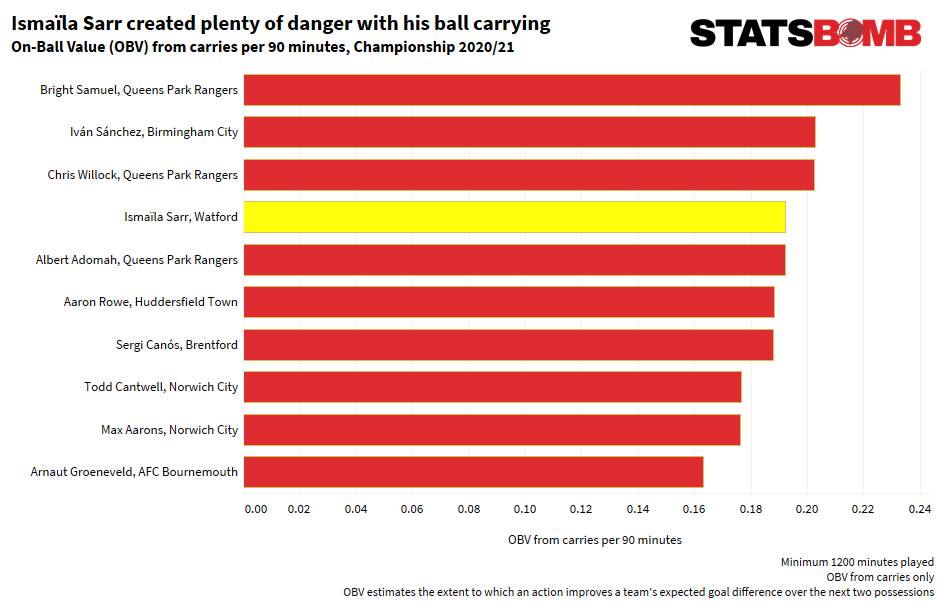 There are some concerns over the future of midfielders Will Hughes (2,118 minutes) and Nathaniel Chalobah (2,816 minutes), with both entering the last years of their contracts and reportedly exploring options elsewhere before committing. But central midfield reinforcements are already in place: Imrân Louza joins after some steady Ligue 1 performances for Nantes over the last couple of seasons, while Jan Kucka comes in from Parma as an experienced Serie A campaigner. A third midfield signing will be most familiar to English audiences. Peter Etebo’s name may ring a bell after a short stint at Stoke City that never really got going due to several managerial changes in the season he arrived at the club. A loan spell at Galatasaray in 2020/21 showed glimpses of what Etebo can offer as a defensive midfield enforcer, but the Nigerian is also capable of filling in as a shuttling midfielder with the ability to contribute between both boxes.
There are some concerns over the future of midfielders Will Hughes (2,118 minutes) and Nathaniel Chalobah (2,816 minutes), with both entering the last years of their contracts and reportedly exploring options elsewhere before committing. But central midfield reinforcements are already in place: Imrân Louza joins after some steady Ligue 1 performances for Nantes over the last couple of seasons, while Jan Kucka comes in from Parma as an experienced Serie A campaigner. A third midfield signing will be most familiar to English audiences. Peter Etebo’s name may ring a bell after a short stint at Stoke City that never really got going due to several managerial changes in the season he arrived at the club. A loan spell at Galatasaray in 2020/21 showed glimpses of what Etebo can offer as a defensive midfield enforcer, but the Nigerian is also capable of filling in as a shuttling midfielder with the ability to contribute between both boxes. 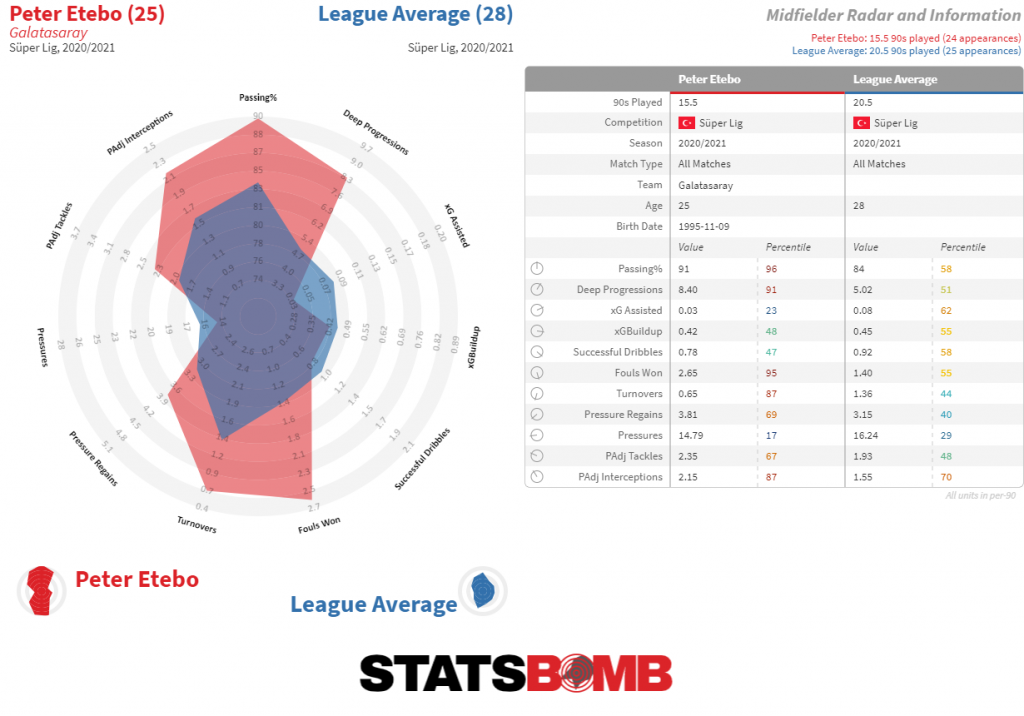 Wide-attacker Emmanuel Dennis could be another one that people have a faint recollection of, having scored twice in the Champions League against Real Madrid at the Bernabéu in 2019 while with Club Brugge. Dennis has played at right wingback, right-wing, and striker over the last three seasons, so provides versatility, but he struggled in the Bundesliga while on loan at FC Köln in the second half of the campaign, making just nine appearances over 495 minutes as Köln narrowly avoided relegation. It remains to be seen whether Dennis will be an automatic starter or a squad option at Watford, but his data over previous seasons suggest a capable dribbler with a knack of getting in behind the defence and onto the end of throughballs, qualities that would be welcome if they can add some goals to Watford’s survival bid. Josh King and Danny Rose bring Premier League experience to the dressing room. Projection After stabilising in the Premier League, the quality of Watford’s playing squad gradually declined and was a large factor in their relegation. Being objective, the current roster does not appear much better than the one that went down in 2019/20, but if they can continue good defensive habits built under Vladimir Ivić and improved by Xisco Muñoz, perhaps the Hornets can grind matches enough to stay in contention, relying on the likes of Ismaïla Sarr and João Pedro to provide the goals at the other end to give them a chance of staying up. Given they finished 2nd in the Championship, it’s noteworthy that the betting markets rate Watford as the side least likely to stay in the Premier League, benchmarking them for a ~34 point season and 20th place. It’s perhaps understandable given there are still question marks over Muñoz’s managerial ability despite promotion; he improved the side, yes, but it was a side that was underperforming given their talent level before he arrived. Muñoz simply raised them to their par. Has he got the quality to give them an edge in a season that their squad looks one of the weakest in the league? We’ll soon find out.
Wide-attacker Emmanuel Dennis could be another one that people have a faint recollection of, having scored twice in the Champions League against Real Madrid at the Bernabéu in 2019 while with Club Brugge. Dennis has played at right wingback, right-wing, and striker over the last three seasons, so provides versatility, but he struggled in the Bundesliga while on loan at FC Köln in the second half of the campaign, making just nine appearances over 495 minutes as Köln narrowly avoided relegation. It remains to be seen whether Dennis will be an automatic starter or a squad option at Watford, but his data over previous seasons suggest a capable dribbler with a knack of getting in behind the defence and onto the end of throughballs, qualities that would be welcome if they can add some goals to Watford’s survival bid. Josh King and Danny Rose bring Premier League experience to the dressing room. Projection After stabilising in the Premier League, the quality of Watford’s playing squad gradually declined and was a large factor in their relegation. Being objective, the current roster does not appear much better than the one that went down in 2019/20, but if they can continue good defensive habits built under Vladimir Ivić and improved by Xisco Muñoz, perhaps the Hornets can grind matches enough to stay in contention, relying on the likes of Ismaïla Sarr and João Pedro to provide the goals at the other end to give them a chance of staying up. Given they finished 2nd in the Championship, it’s noteworthy that the betting markets rate Watford as the side least likely to stay in the Premier League, benchmarking them for a ~34 point season and 20th place. It’s perhaps understandable given there are still question marks over Muñoz’s managerial ability despite promotion; he improved the side, yes, but it was a side that was underperforming given their talent level before he arrived. Muñoz simply raised them to their par. Has he got the quality to give them an edge in a season that their squad looks one of the weakest in the league? We’ll soon find out.
Want to read about another team? The rest of our Premier League season previews can be found here If you're a club, media or gambling entity and want to know more about what StatsBomb can do for you, please contact us at Sales@StatsBomb.com We also provide education in this area, so if this taste of football analytics sparked interest, check out our Introduction to Football Analytics course Follow us on Twitter in English and Spanish and also on LinkedIn
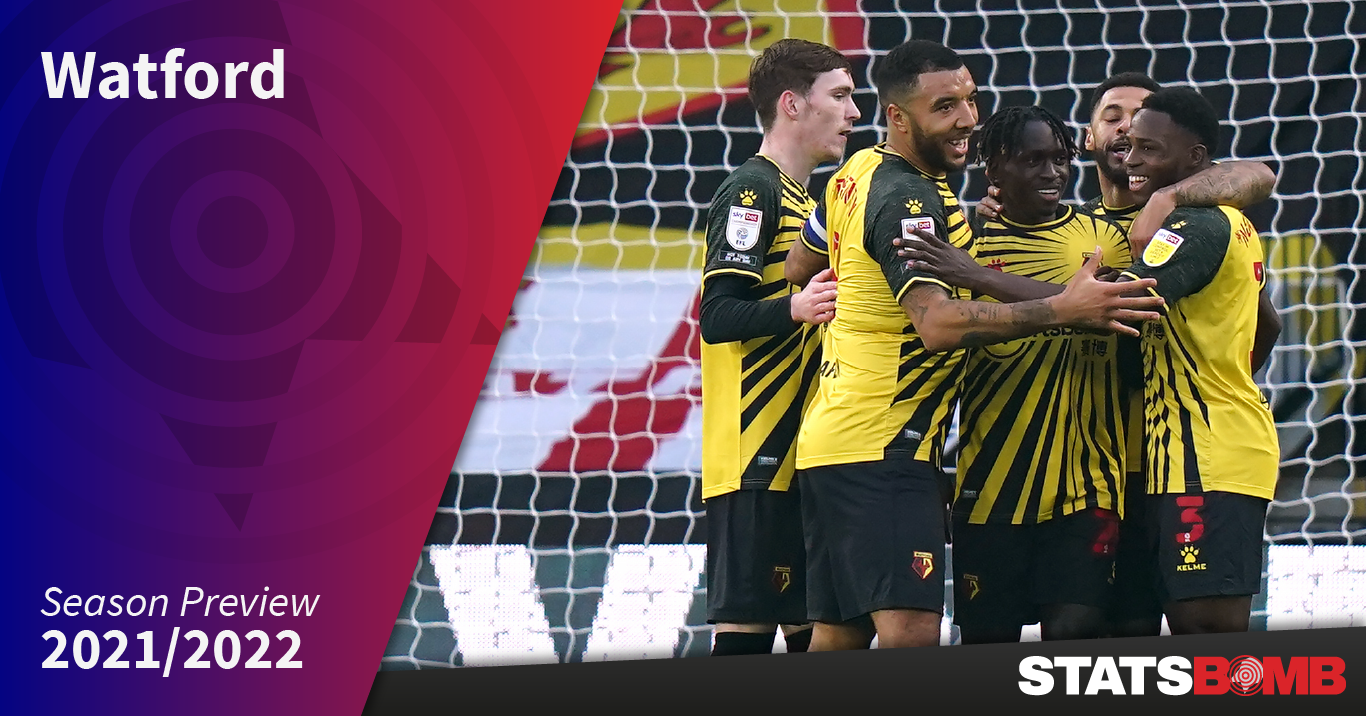
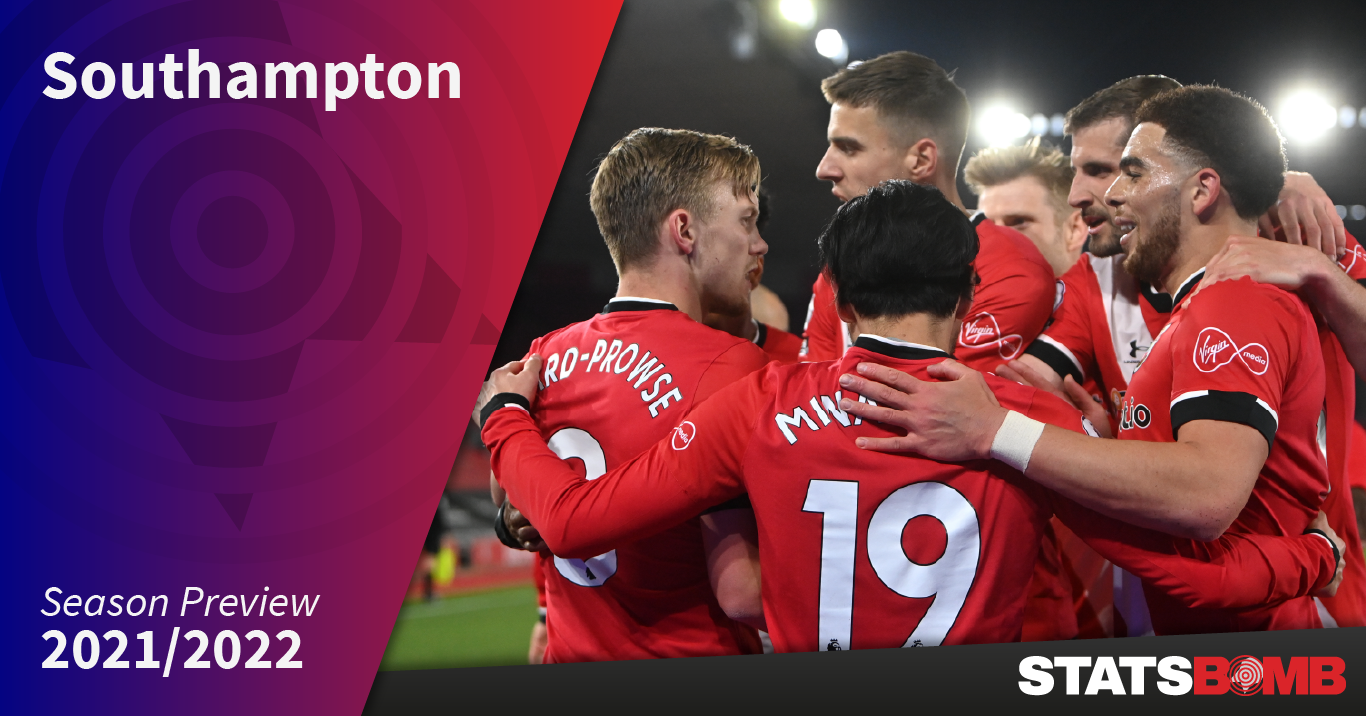
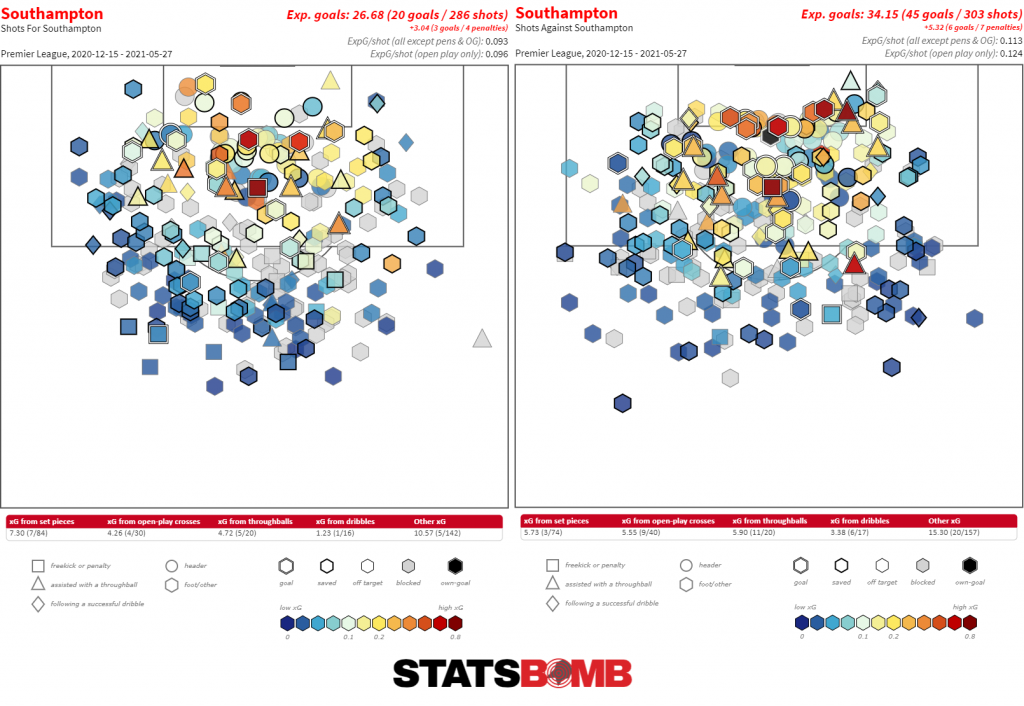 You live by the sword; you die by the sword. The clinical edge that the Saints wielded in the opening fixtures was turned back on them. All of a sudden, it was the opposition who enjoyed the finishing streak. Unfortunately, a lot of the blame on the defensive end has to fall on Alex McCarthy’s shoulders. The goalkeeper enjoyed a solid shot-stopping season in 2019/20—second only to Hugo Lloris in our shot-stopping metric, based on the quality of shots faced—but completely regressed in 2020/21, putting in the worst season by that measure for goalkeepers with >1200 minutes played. He seemed to develop a real weakness for shots to his right-hand side in particular.
You live by the sword; you die by the sword. The clinical edge that the Saints wielded in the opening fixtures was turned back on them. All of a sudden, it was the opposition who enjoyed the finishing streak. Unfortunately, a lot of the blame on the defensive end has to fall on Alex McCarthy’s shoulders. The goalkeeper enjoyed a solid shot-stopping season in 2019/20—second only to Hugo Lloris in our shot-stopping metric, based on the quality of shots faced—but completely regressed in 2020/21, putting in the worst season by that measure for goalkeepers with >1200 minutes played. He seemed to develop a real weakness for shots to his right-hand side in particular. 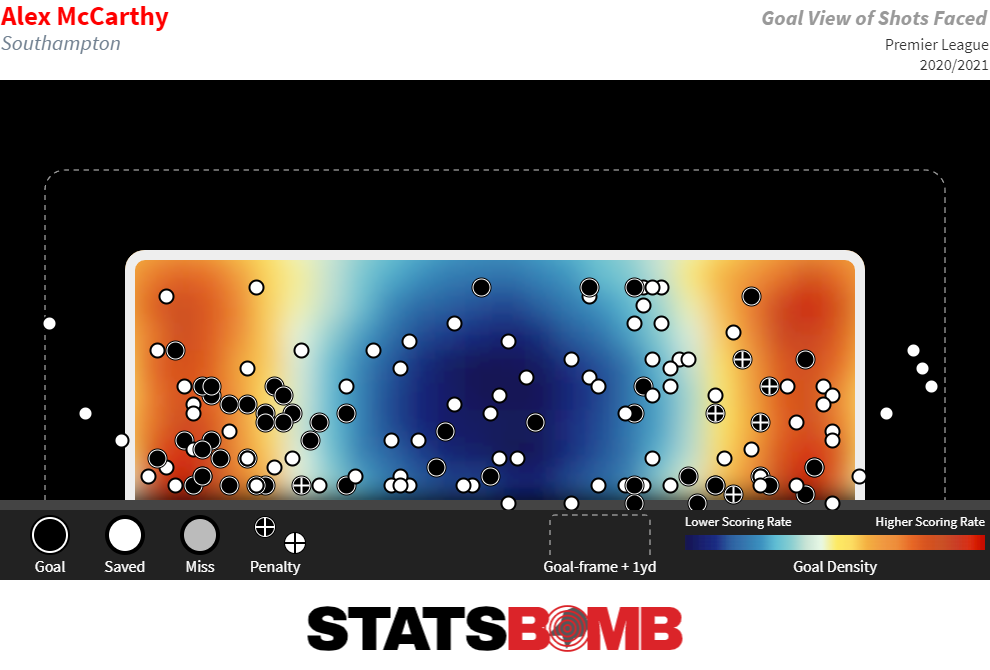 We saw top-four results in the first third of the season, bottom-four results in the latter two-thirds. Southampton were neither as good as their early results suggested, nor as bad as the latter results implied. Taking the season as a whole, the likely reality is that Southampton’s true level is somewhere in the middle of the two.
We saw top-four results in the first third of the season, bottom-four results in the latter two-thirds. Southampton were neither as good as their early results suggested, nor as bad as the latter results implied. Taking the season as a whole, the likely reality is that Southampton’s true level is somewhere in the middle of the two. 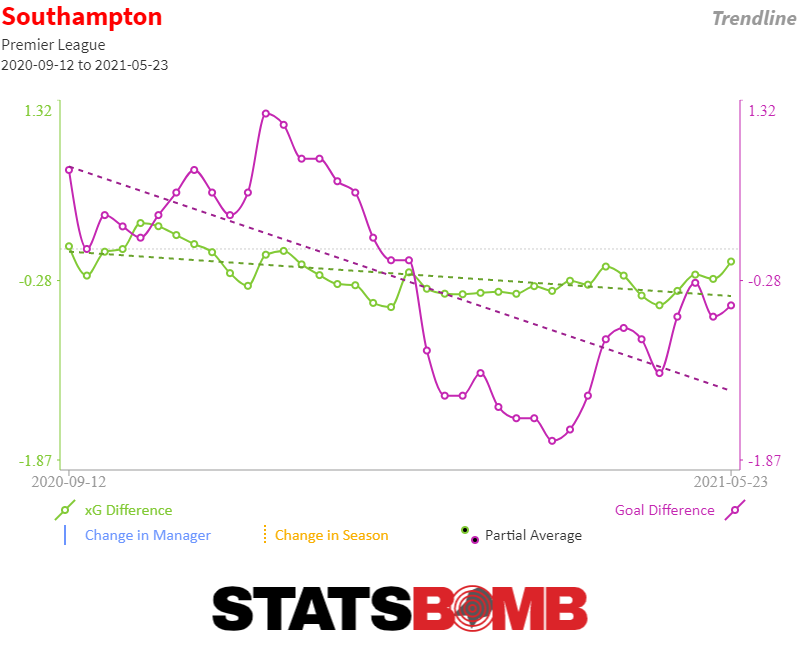 There were still hallmarks of Hasenhüttl’s high-octane style in Southampton’s play. They remained one of the most aggressive sides in the league out of possession—ranking 2nd in the league on the Aggression % metric, with 25% of opponent pass receipts being pressed, tackled, or fouled within 2 seconds, and they also made the 2nd-most defensive regains that occurred after a counterpressure. Southampton remained an awkward opponent to play against, engaging the press from the front, blowing attacks up in the middle third, and maintaining the intensity of that approach when the opposition reached their defensive territory.
There were still hallmarks of Hasenhüttl’s high-octane style in Southampton’s play. They remained one of the most aggressive sides in the league out of possession—ranking 2nd in the league on the Aggression % metric, with 25% of opponent pass receipts being pressed, tackled, or fouled within 2 seconds, and they also made the 2nd-most defensive regains that occurred after a counterpressure. Southampton remained an awkward opponent to play against, engaging the press from the front, blowing attacks up in the middle third, and maintaining the intensity of that approach when the opposition reached their defensive territory. 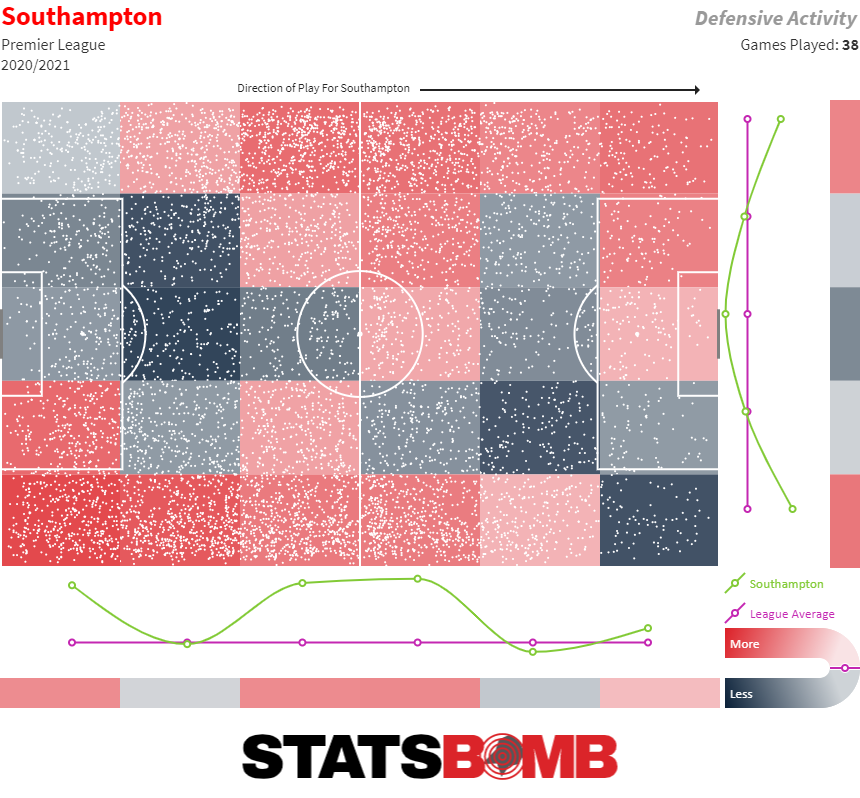 An interesting quirk in the context of their defensive scheme was that Saints started to defend deeper and deeper as results continued to nosedive. They seemed to withdraw inside themselves, perhaps due to waning confidence or a tactical shift to try and bunker down and ride out the rough period. After the first ten games of the season, the average height of Southampton’s defensive actions was 44.6 metres from their goal; by the end of the season it was 40.7 metres.
An interesting quirk in the context of their defensive scheme was that Saints started to defend deeper and deeper as results continued to nosedive. They seemed to withdraw inside themselves, perhaps due to waning confidence or a tactical shift to try and bunker down and ride out the rough period. After the first ten games of the season, the average height of Southampton’s defensive actions was 44.6 metres from their goal; by the end of the season it was 40.7 metres. 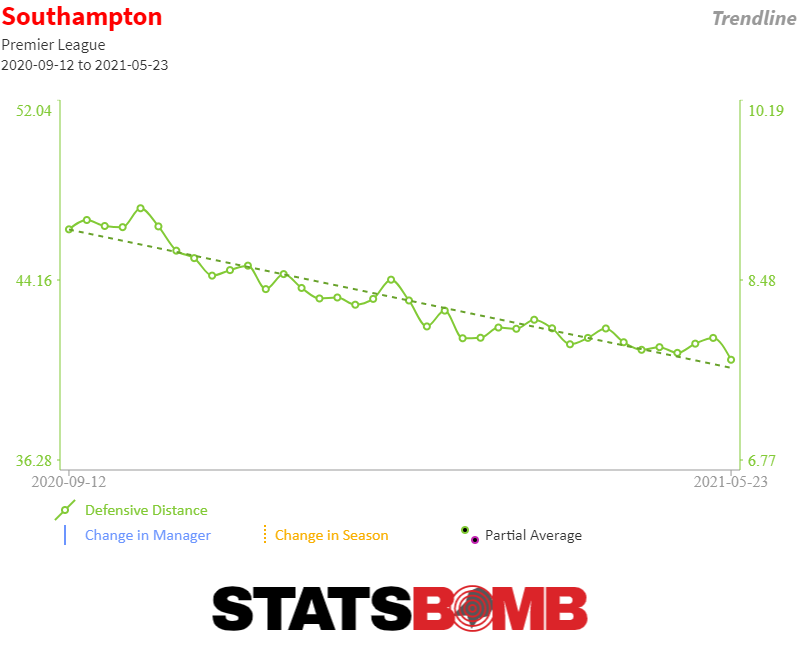 Even though they were dropping deeper, the same aggressive pressing principles remained; Southampton just started allowing the opposition to come onto them a bit more before they engaged with them. Only 43% of their pressures --of which there were many-- came in the attacking half of the pitch. That, coupled with their own deficiencies in possession, meant that goalmouth action was hard to come by at St. Mary’s: there were just 77 final third entries per game in matches involving Southampton, the fewest in the league. The trouble was, when the opposition did break through into Southampton territory, they tended to cause some damage. Southampton only conceded 11.1 shots per game – the 8th-best record in the division – but the shots they did concede tended to be from close range and of high quality: their shots conceded came from 15.6 metres out on average (19th in the league), and the xG per shot of those shots was 0.12 (17th in the league). The opposite was true at the attacking end; their average shot came 17.1 metres from goal (18th in the league) and the average xG value of those shots was 0.09 (15th in the league). One area they did excel in was from set-plays, armed with one of the very few dead-ball specialists in the game at the minute. James Ward-Prowse put numerous deliveries on a plate for his teammates, creating 39 shots on goal from set-pieces, a total surpassed only by Mason Mount, but registering six set-piece assists, tied 1st in the league with West Ham’s Aaron Cresswell. The data confirms Ward-Prowse's world class dead-ball ability. He’s scored ten direct free-kicks from 4.4 xG and 72 shots over the last six seasons, a scoring rate that means it’s possible he genuinely might be an even better free-kick taker than Lionel Messi—Messi has 39 goals from 423 direct free-kicks across his entire La Liga shaking out at a 9% conversion rate, a clip that pales in comparison to Ward-Prowse’s 14%.
Even though they were dropping deeper, the same aggressive pressing principles remained; Southampton just started allowing the opposition to come onto them a bit more before they engaged with them. Only 43% of their pressures --of which there were many-- came in the attacking half of the pitch. That, coupled with their own deficiencies in possession, meant that goalmouth action was hard to come by at St. Mary’s: there were just 77 final third entries per game in matches involving Southampton, the fewest in the league. The trouble was, when the opposition did break through into Southampton territory, they tended to cause some damage. Southampton only conceded 11.1 shots per game – the 8th-best record in the division – but the shots they did concede tended to be from close range and of high quality: their shots conceded came from 15.6 metres out on average (19th in the league), and the xG per shot of those shots was 0.12 (17th in the league). The opposite was true at the attacking end; their average shot came 17.1 metres from goal (18th in the league) and the average xG value of those shots was 0.09 (15th in the league). One area they did excel in was from set-plays, armed with one of the very few dead-ball specialists in the game at the minute. James Ward-Prowse put numerous deliveries on a plate for his teammates, creating 39 shots on goal from set-pieces, a total surpassed only by Mason Mount, but registering six set-piece assists, tied 1st in the league with West Ham’s Aaron Cresswell. The data confirms Ward-Prowse's world class dead-ball ability. He’s scored ten direct free-kicks from 4.4 xG and 72 shots over the last six seasons, a scoring rate that means it’s possible he genuinely might be an even better free-kick taker than Lionel Messi—Messi has 39 goals from 423 direct free-kicks across his entire La Liga shaking out at a 9% conversion rate, a clip that pales in comparison to Ward-Prowse’s 14%. 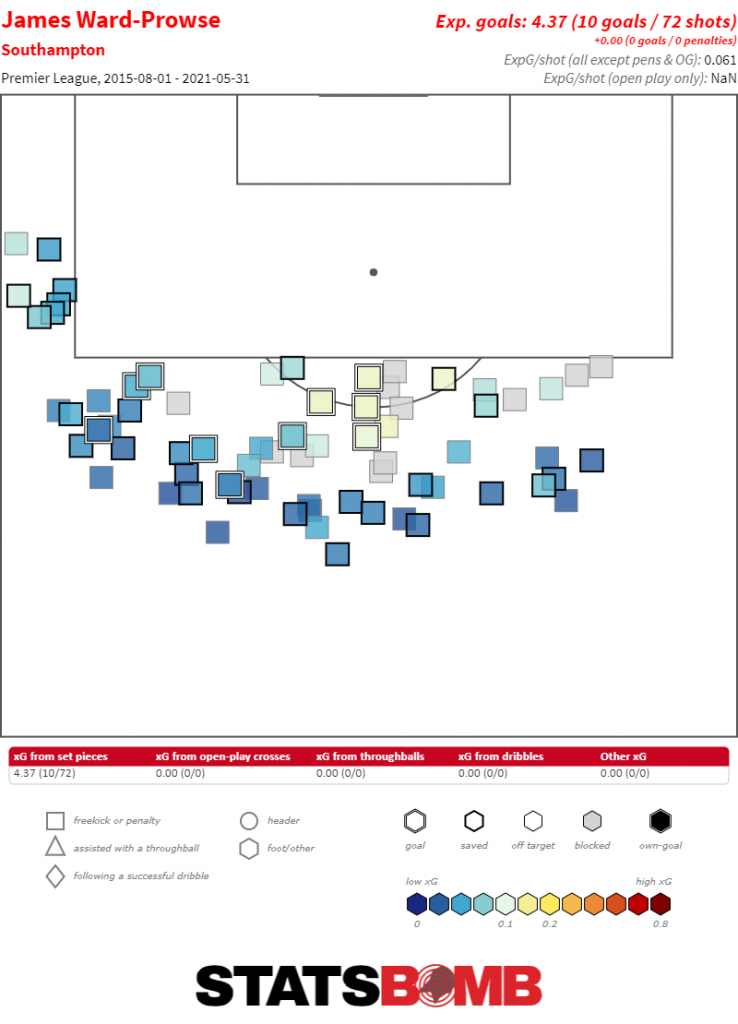 Personnel & Transfers Let’s move onto the transfer window and the state of the current squad. Southampton Chief Executive Martin Semmens said this in May: “We have to invest this summer, and we will within our limits by buying young players who allow us to compete in the future. We will spend in the summer, and we already are well into the process of doing it.” The good news is that Southampton are delivering on the promise of signing younger players. The bad news is that they sold star striker Danny Ings. But is it bad news? Southampton received £30m from Aston Villa for a 29-year old in the last year of his contract and who had just had a quieter-than-usual season in 2020/21. It’s plenty of cash to potentially reinvest in a younger striking partner for Che Adams, whose scoring contribution of 14 matched Ings’ total for the season. The top target is rumoured to be another striker ready to graduate from the Championship in the same way Adams did back in 2019. Blackburn’s Adam Armstrong is the name, coincidentally a player we
Personnel & Transfers Let’s move onto the transfer window and the state of the current squad. Southampton Chief Executive Martin Semmens said this in May: “We have to invest this summer, and we will within our limits by buying young players who allow us to compete in the future. We will spend in the summer, and we already are well into the process of doing it.” The good news is that Southampton are delivering on the promise of signing younger players. The bad news is that they sold star striker Danny Ings. But is it bad news? Southampton received £30m from Aston Villa for a 29-year old in the last year of his contract and who had just had a quieter-than-usual season in 2020/21. It’s plenty of cash to potentially reinvest in a younger striking partner for Che Adams, whose scoring contribution of 14 matched Ings’ total for the season. The top target is rumoured to be another striker ready to graduate from the Championship in the same way Adams did back in 2019. Blackburn’s Adam Armstrong is the name, coincidentally a player we 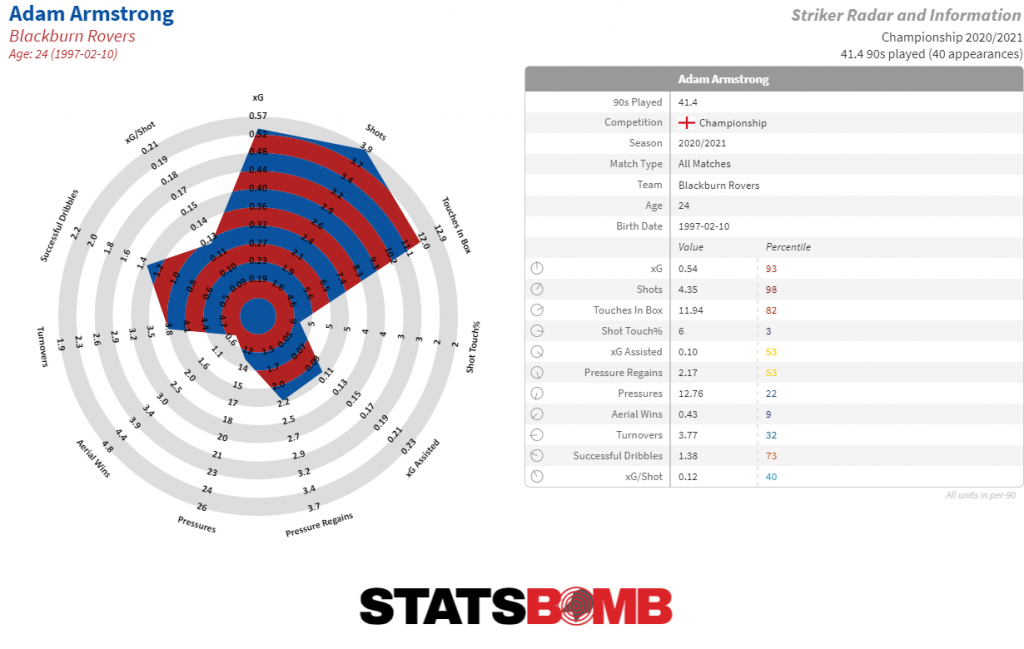 The other notable trade made at the time of writing is that of Ryan Bertrand’s departure to Leicester and his subsequent replacement by Romain Perraud from Stade Brestois. As per Semmens’ transfer window remit, Perraud comes in as a 23-year-old to replace the 32-year-old Bertrand with what appears to be a similar playing profile to his predecessor. Perraud provided seven assists from left-back last season, more than any other full-back in Ligue 1.
The other notable trade made at the time of writing is that of Ryan Bertrand’s departure to Leicester and his subsequent replacement by Romain Perraud from Stade Brestois. As per Semmens’ transfer window remit, Perraud comes in as a 23-year-old to replace the 32-year-old Bertrand with what appears to be a similar playing profile to his predecessor. Perraud provided seven assists from left-back last season, more than any other full-back in Ligue 1. 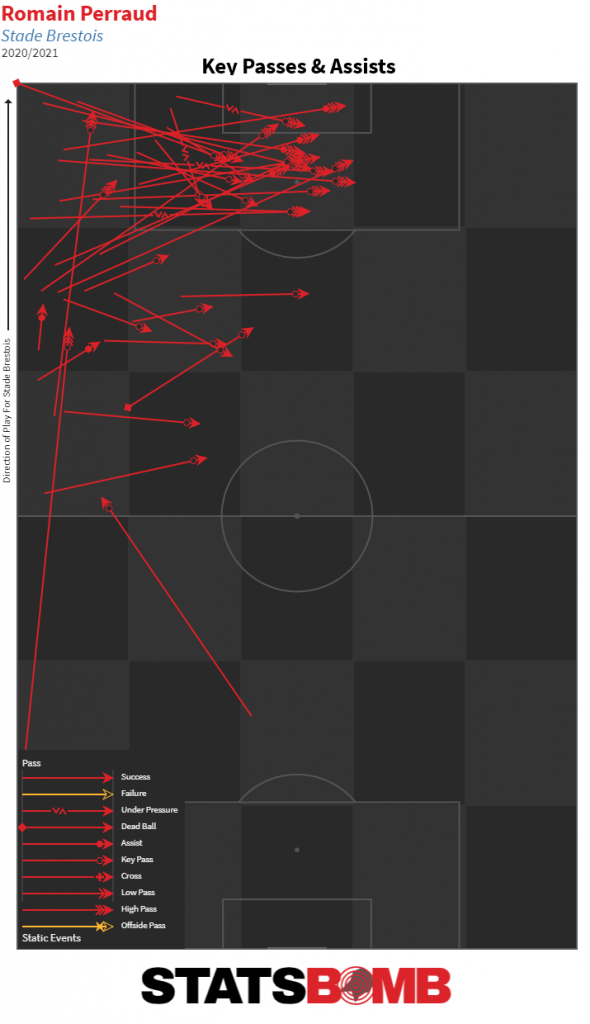 Projection Southampton feel like a bit of an unknown ahead of this season. The squad’s about to undergo another transition: the departures of Ings and Bertrand are already confirmed, James Ward-Prowse and giant centre-back Jannik Vestergaard are also linked with potential moves away. That and the downward spiral in the latter half of last season has dampened faith in the Saints, and the betting markets have reduced their confidence in them accordingly, pegging them as a ~42 points team, one shy of the disappointing 43 point tally they ended 2020/21 with. The underlying numbers give cause for encouragement that they should at least match last year's points total and keep the relegation scrap at arm's length. In the bigger picture, a summer of squad turnover and regeneration towards younger players with less Premier League experience is designed to be a long-term blessing, but it could be a short-term curse if the incomings are unable to adapt straight away. But that said, Hasenhüttl’s style does lend itself towards youthful exuberance, and the new blood could be the refresh that the Southampton squad needs. It’s hard to see Southampton springing a surprise on the division, but they’ll be looking to take a step forward in their ambition to rise back up the Premier League table again.
Projection Southampton feel like a bit of an unknown ahead of this season. The squad’s about to undergo another transition: the departures of Ings and Bertrand are already confirmed, James Ward-Prowse and giant centre-back Jannik Vestergaard are also linked with potential moves away. That and the downward spiral in the latter half of last season has dampened faith in the Saints, and the betting markets have reduced their confidence in them accordingly, pegging them as a ~42 points team, one shy of the disappointing 43 point tally they ended 2020/21 with. The underlying numbers give cause for encouragement that they should at least match last year's points total and keep the relegation scrap at arm's length. In the bigger picture, a summer of squad turnover and regeneration towards younger players with less Premier League experience is designed to be a long-term blessing, but it could be a short-term curse if the incomings are unable to adapt straight away. But that said, Hasenhüttl’s style does lend itself towards youthful exuberance, and the new blood could be the refresh that the Southampton squad needs. It’s hard to see Southampton springing a surprise on the division, but they’ll be looking to take a step forward in their ambition to rise back up the Premier League table again. 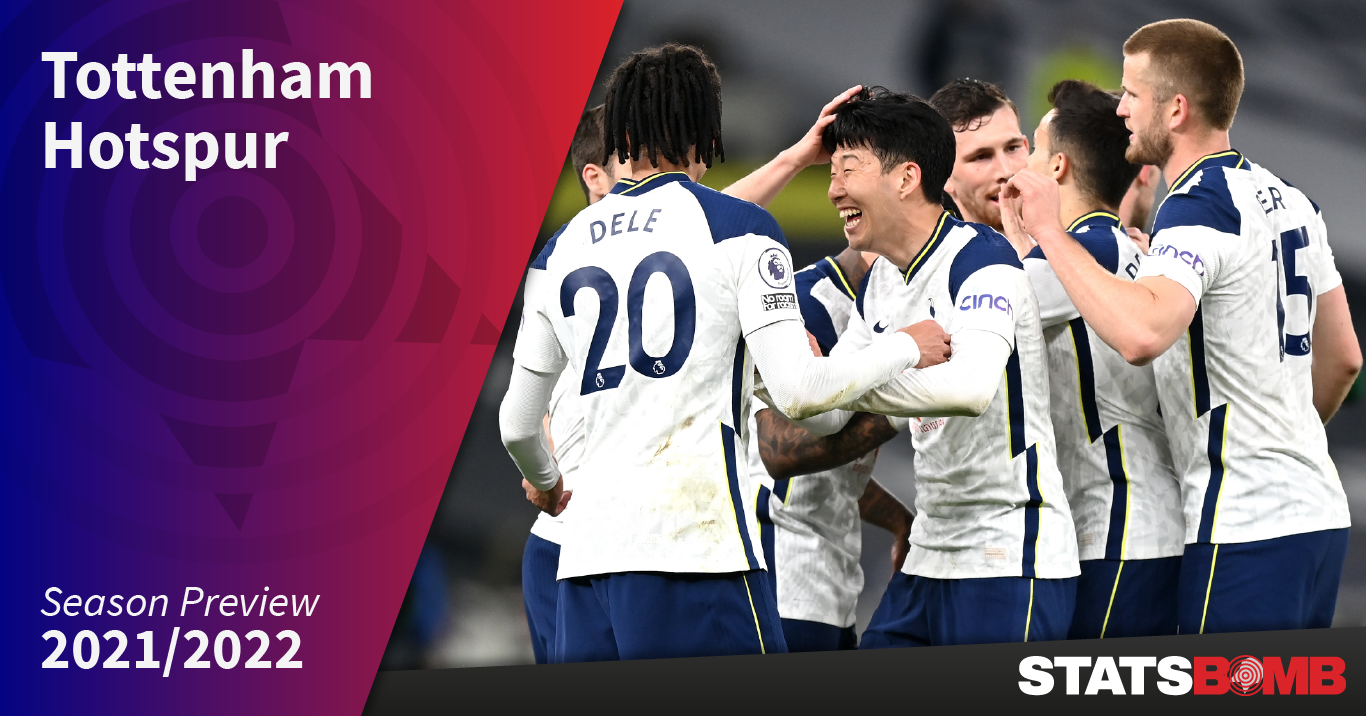
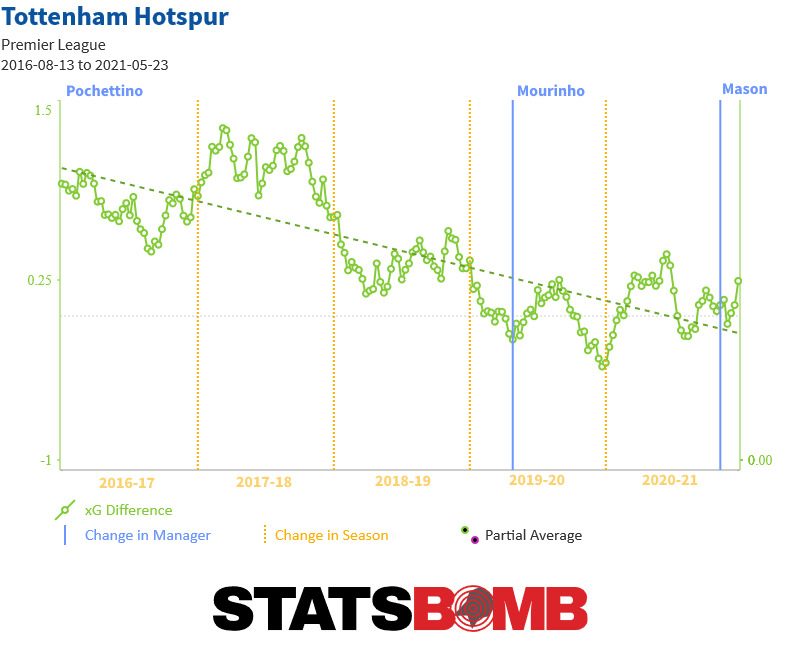
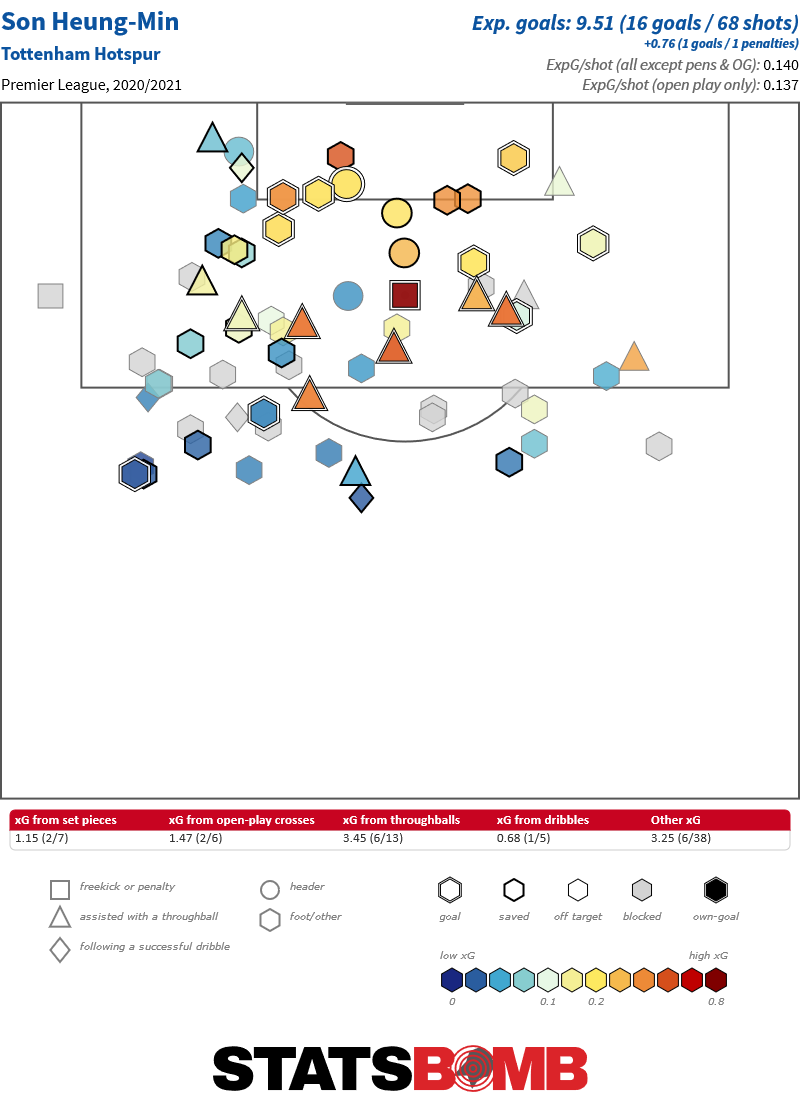
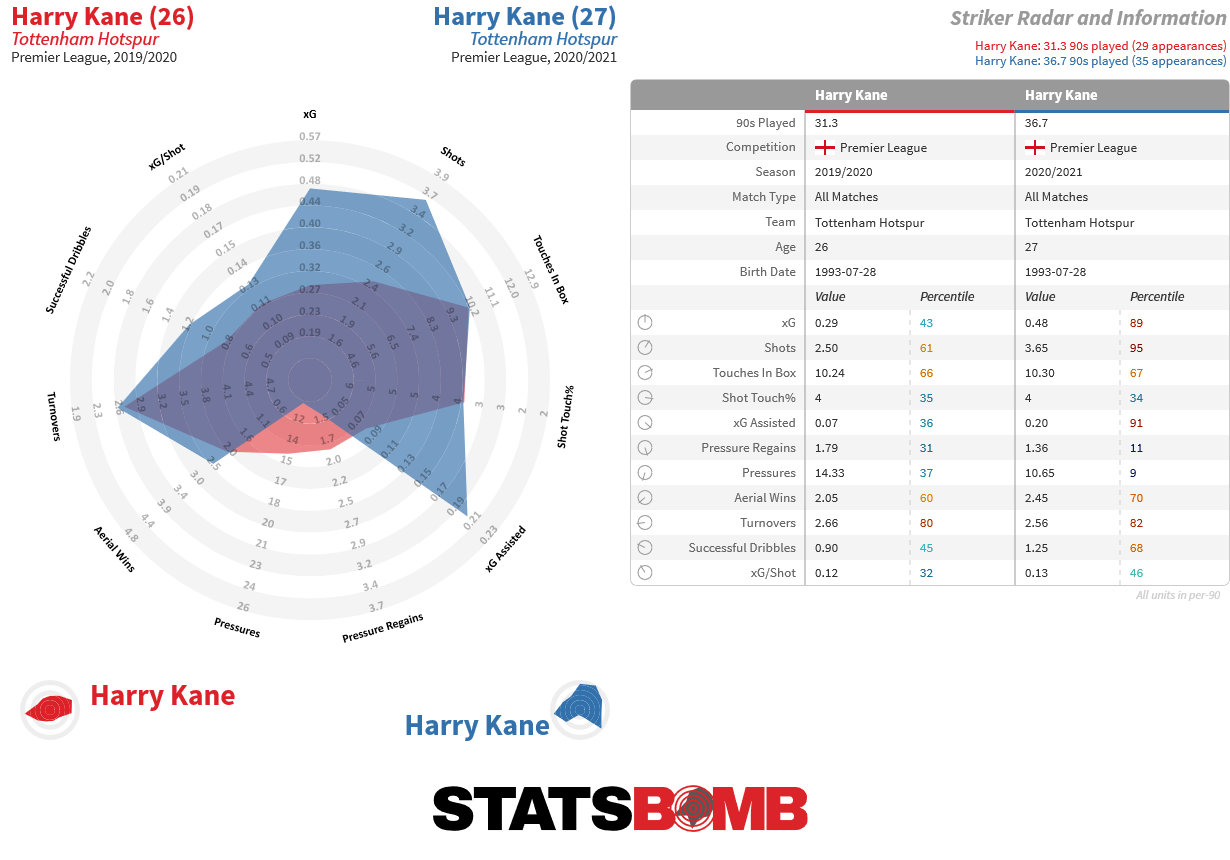
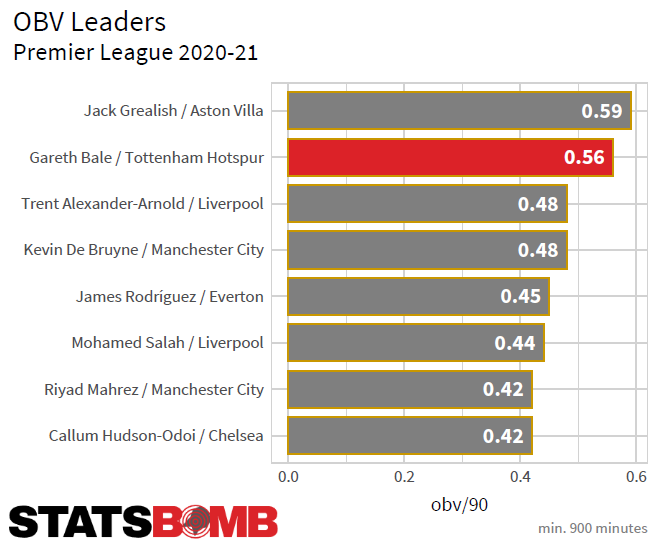
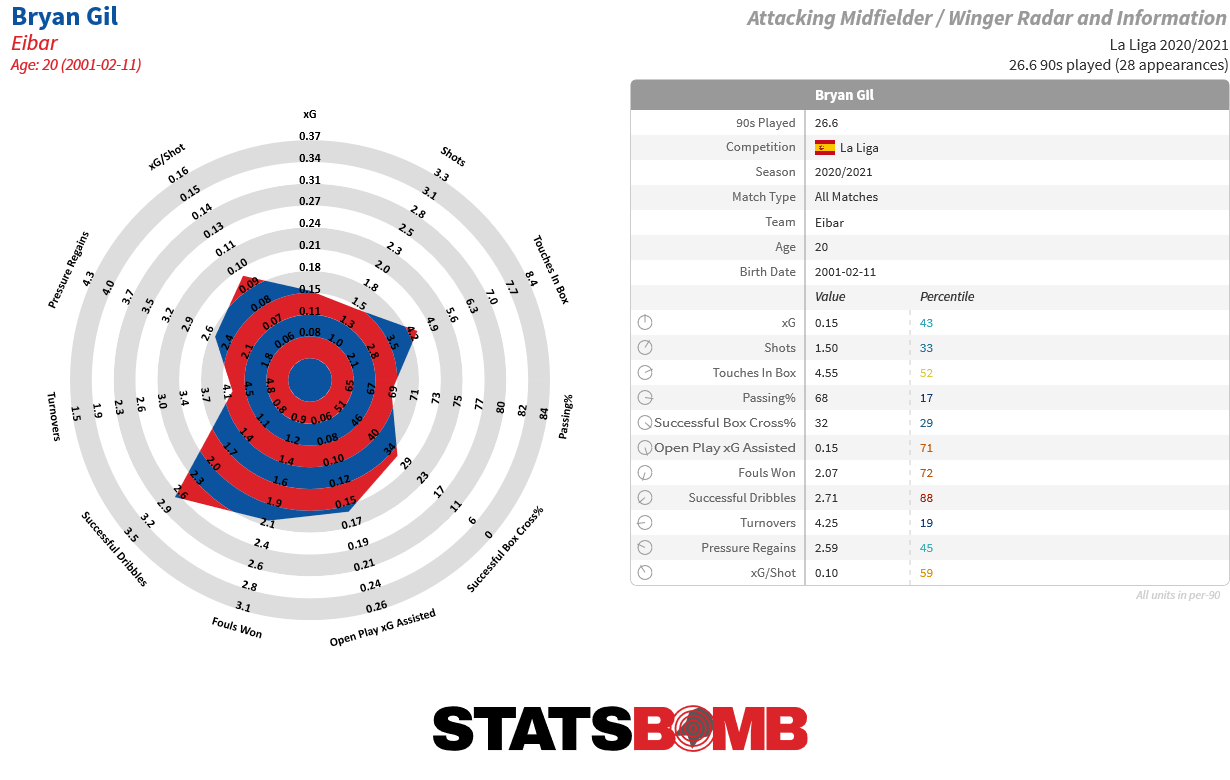
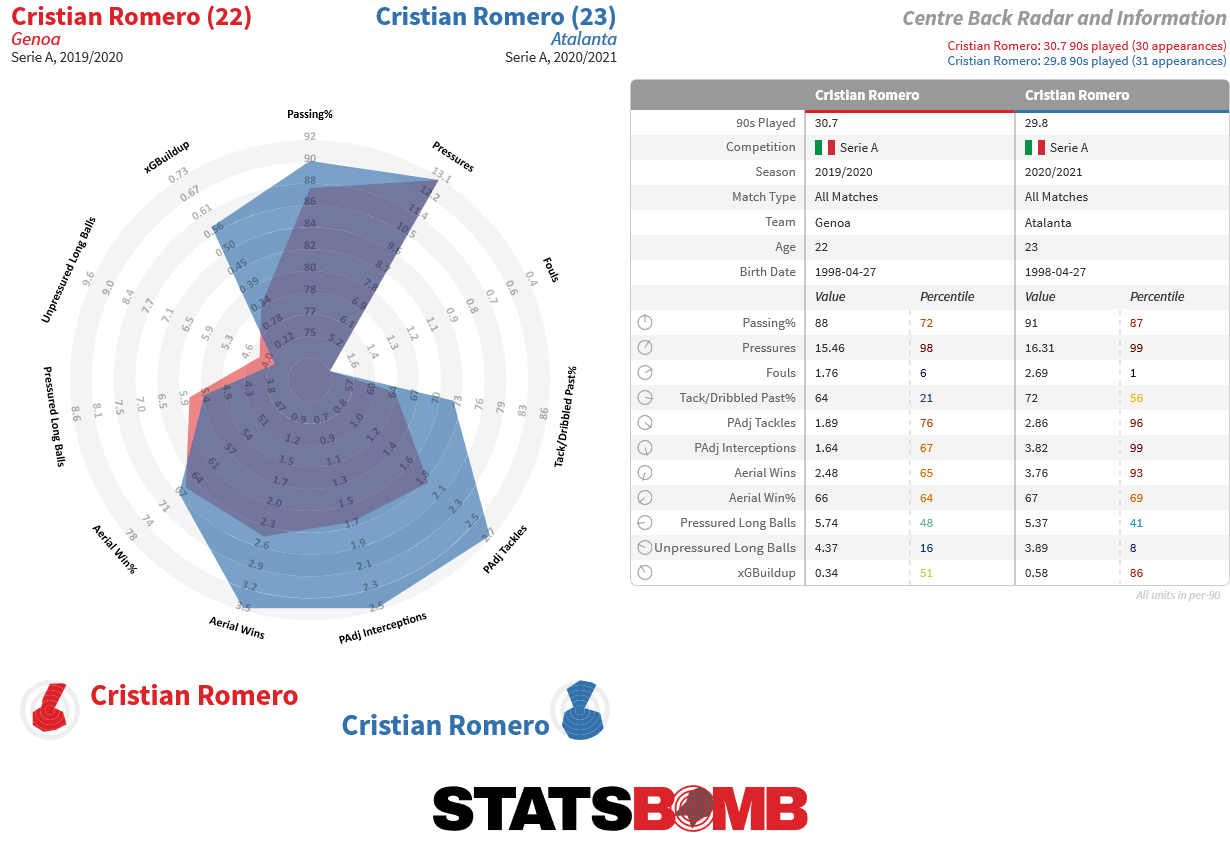
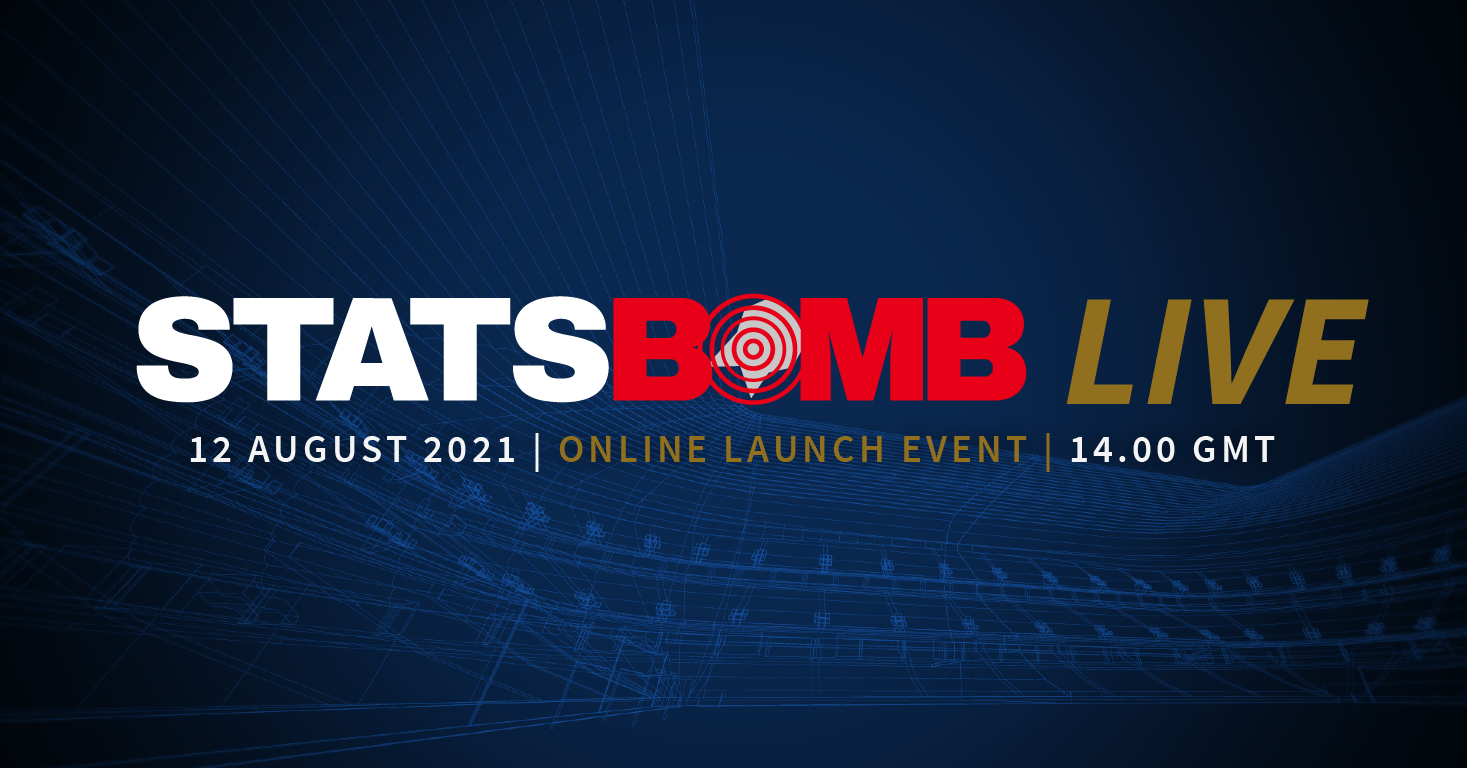
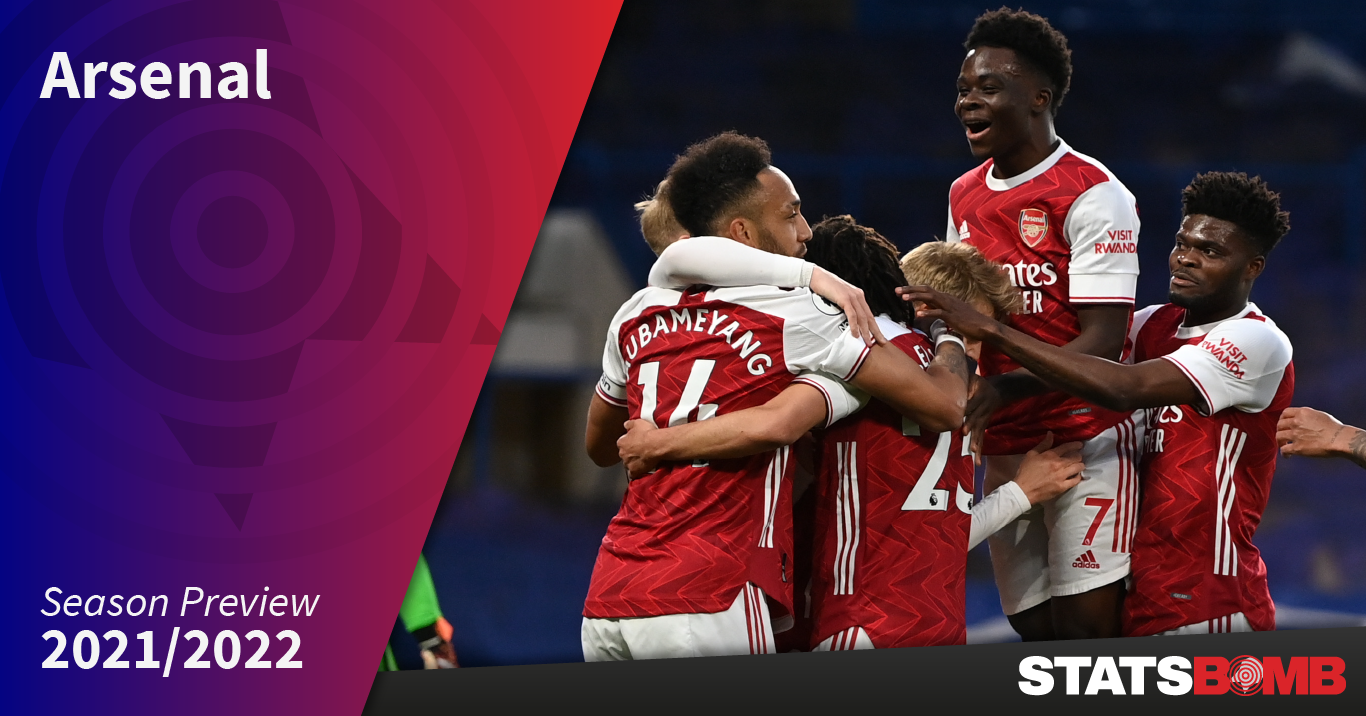
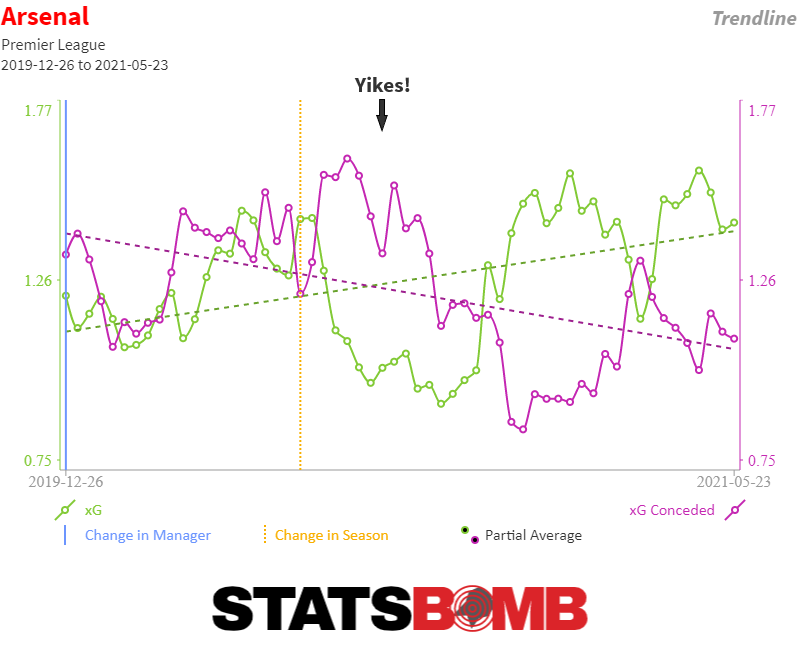
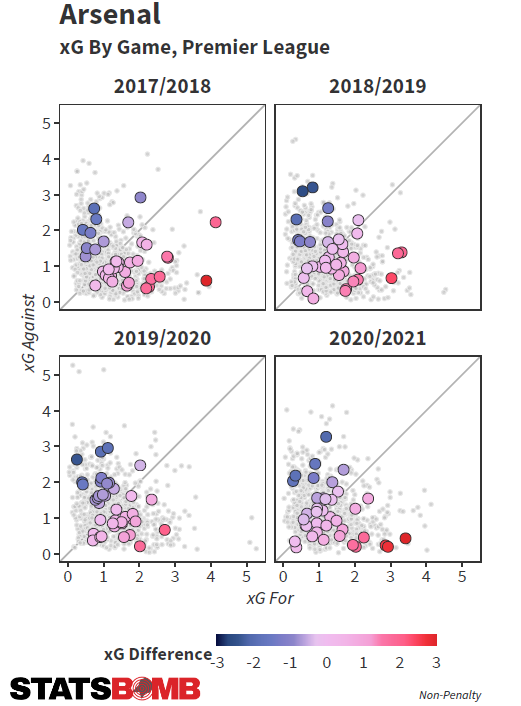
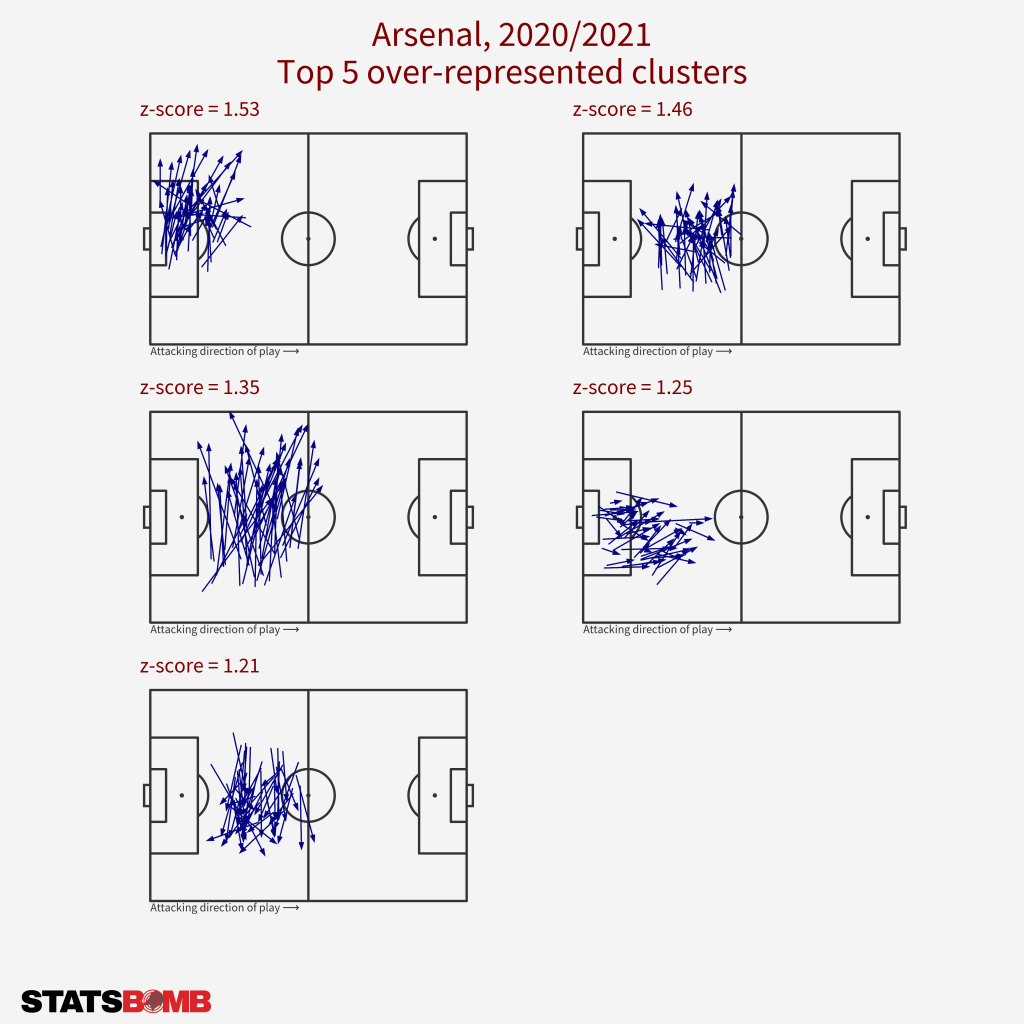
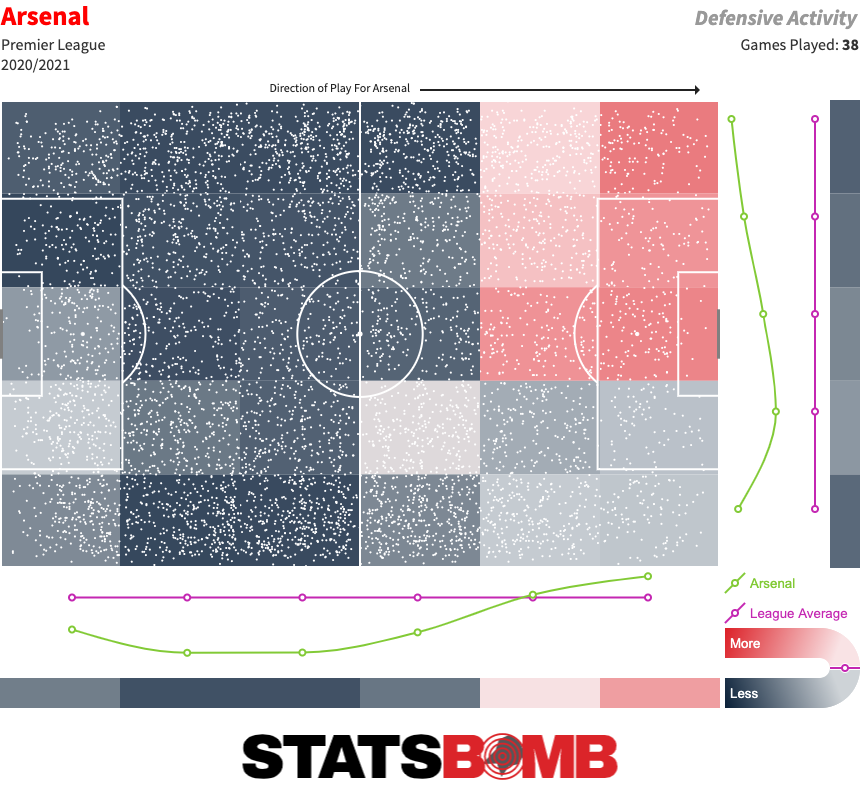
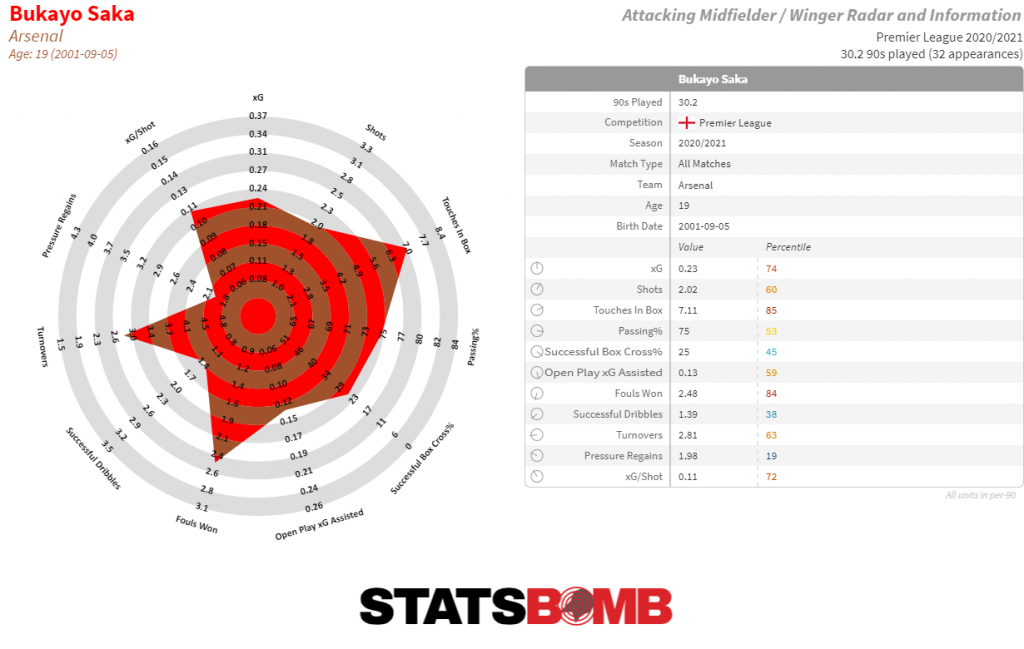
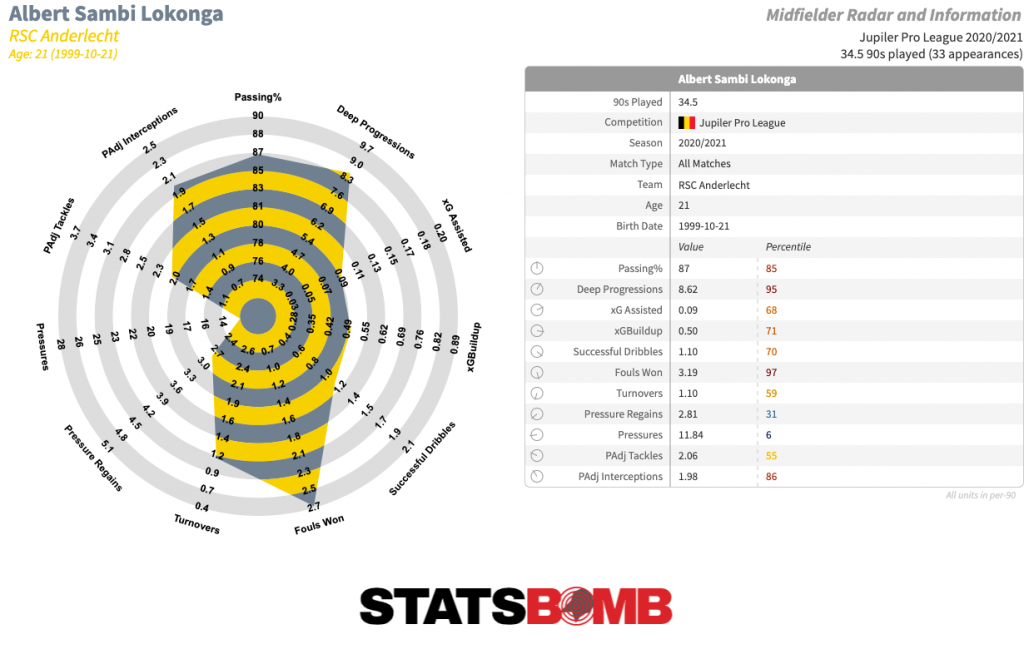
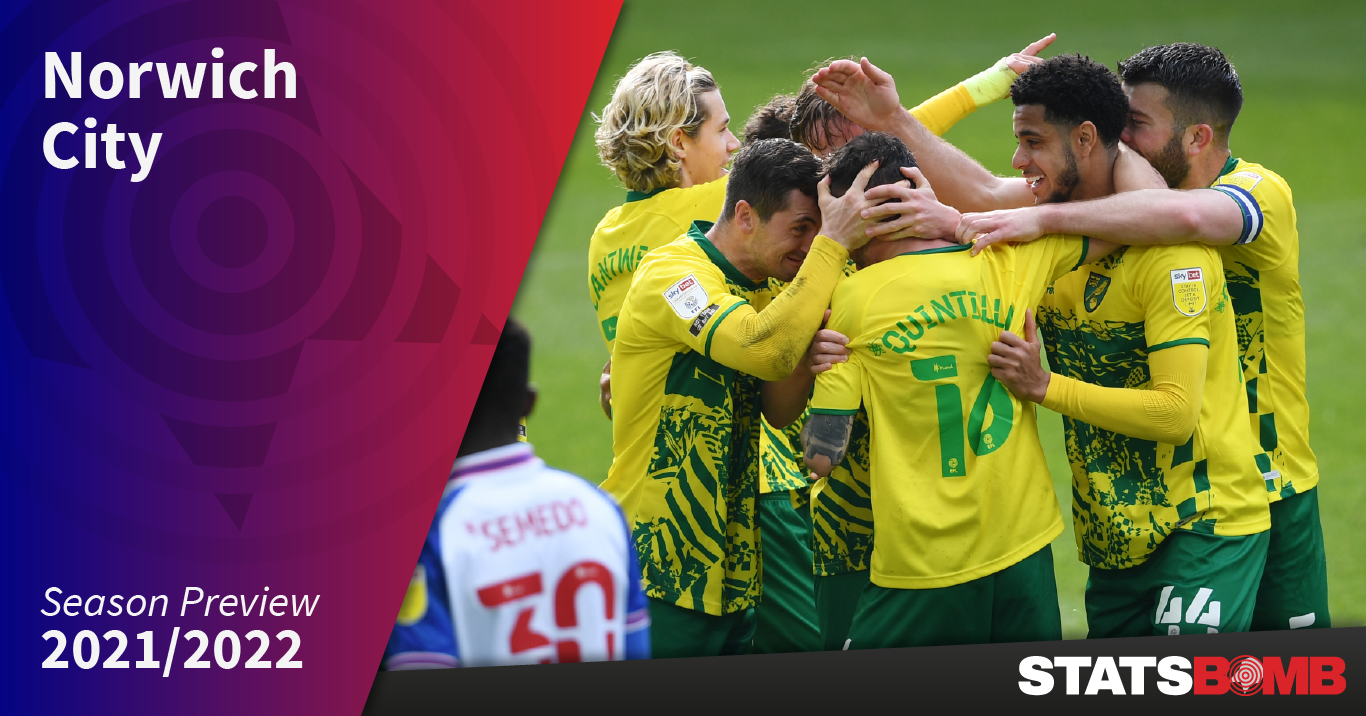
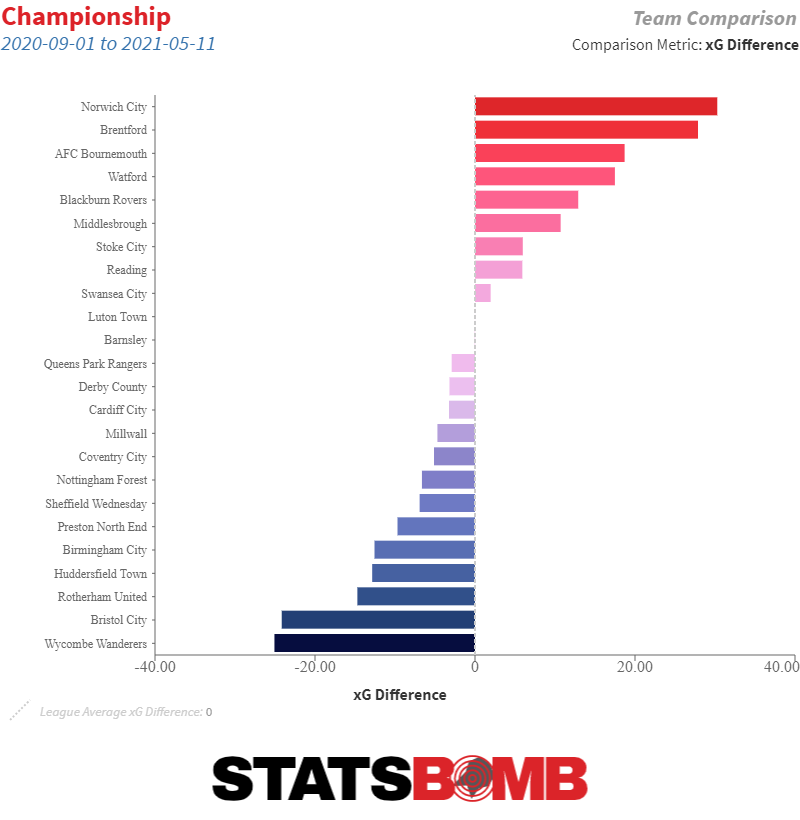 This was largely powered by a free-flowing attack that created a continuous stream of chances from all areas of play. They took more shots than anybody else, created the most xG from open play, and were as comfortable forcing turnovers from the front as they were counterattacking at speed or playing through their opponents with dovetailing possession play. Luton Town manager Nathan Jones dubbed them the “Manchester City of the Championship”, an easy comparison to make that’s not without merit: Norwich also generally favoured a short-passing approach in possession with the freedom to rotate positionally and committing plenty of bodies to the attack. They possessed the slowest Pace to Goal in the league at 2.2 m/s, completed their passes at a higher rate than anyone else, and reached the final third more often than their rivals. A strength of Norwich’s attacking play last season was their ability to play through even the most stubborn defensive lines. Norwich led the league for completed throughballs with 105, at a rate of 2.3 per game. To put those numbers into context, Brentford and Bournemouth – the teams with the third and fourth-most completed throughballs -- completed 108 defence-splitting passes combined. That ability to carve through defences meant that Norwich were often able to create a lot of space in the penalty area to get their shots away--they took by far the most open play footed shots in the box last season and, because the defence had often already been bypassed, on average there were very few defenders placed deeper than the Norwich attacker taking the shot.
This was largely powered by a free-flowing attack that created a continuous stream of chances from all areas of play. They took more shots than anybody else, created the most xG from open play, and were as comfortable forcing turnovers from the front as they were counterattacking at speed or playing through their opponents with dovetailing possession play. Luton Town manager Nathan Jones dubbed them the “Manchester City of the Championship”, an easy comparison to make that’s not without merit: Norwich also generally favoured a short-passing approach in possession with the freedom to rotate positionally and committing plenty of bodies to the attack. They possessed the slowest Pace to Goal in the league at 2.2 m/s, completed their passes at a higher rate than anyone else, and reached the final third more often than their rivals. A strength of Norwich’s attacking play last season was their ability to play through even the most stubborn defensive lines. Norwich led the league for completed throughballs with 105, at a rate of 2.3 per game. To put those numbers into context, Brentford and Bournemouth – the teams with the third and fourth-most completed throughballs -- completed 108 defence-splitting passes combined. That ability to carve through defences meant that Norwich were often able to create a lot of space in the penalty area to get their shots away--they took by far the most open play footed shots in the box last season and, because the defence had often already been bypassed, on average there were very few defenders placed deeper than the Norwich attacker taking the shot. 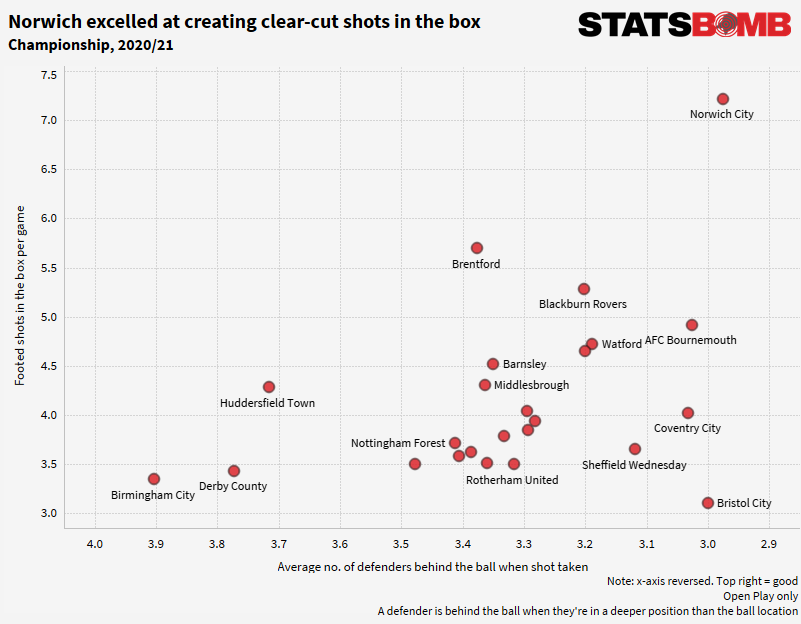 Out of possession they were organised, engaging the opposition higher up the pitch if the situation merited it but more often dropping in to defend from their own half. Norwich had the 17th-highest Defensive Distance in the Championship last season at 43.8 metres, the average distance from a team's own goal from which it makes defensive actions.
Out of possession they were organised, engaging the opposition higher up the pitch if the situation merited it but more often dropping in to defend from their own half. Norwich had the 17th-highest Defensive Distance in the Championship last season at 43.8 metres, the average distance from a team's own goal from which it makes defensive actions. 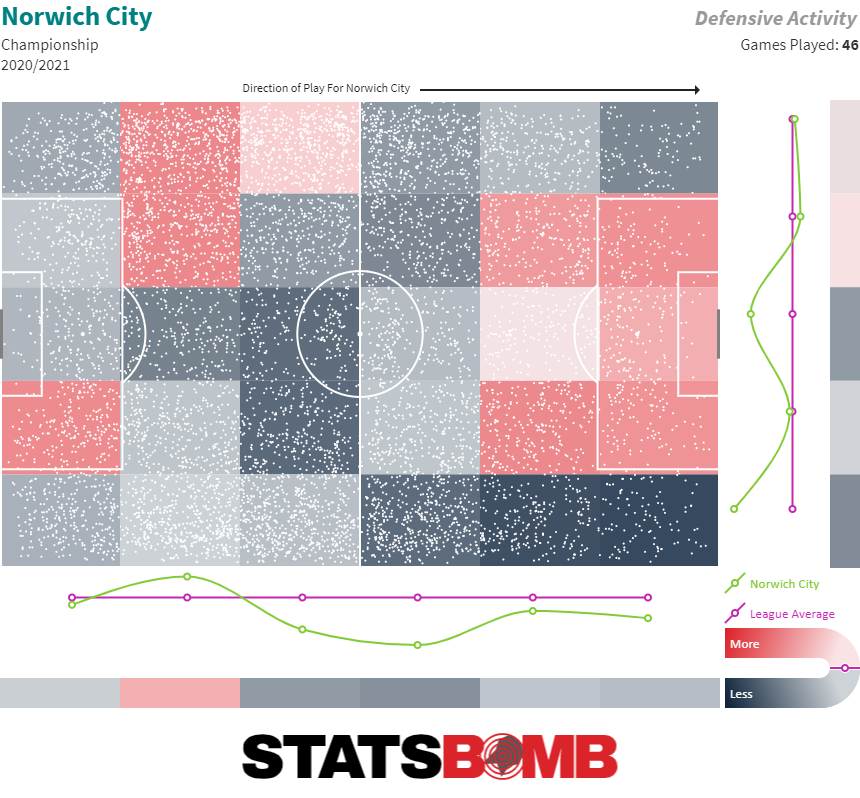 It’s a nod to Daniel Farke’s coaching ability that their high press, when they did engage in it, was highly effective, both in turning the ball over and in creating opportunities for them in attack. They made the 2nd-most shots following a high press, and forced the more counterpressure regains than anyone else in the league last season; counterpressure regains being regains that occurred within 5 seconds of a player counterpressing an opponent.
It’s a nod to Daniel Farke’s coaching ability that their high press, when they did engage in it, was highly effective, both in turning the ball over and in creating opportunities for them in attack. They made the 2nd-most shots following a high press, and forced the more counterpressure regains than anyone else in the league last season; counterpressure regains being regains that occurred within 5 seconds of a player counterpressing an opponent. 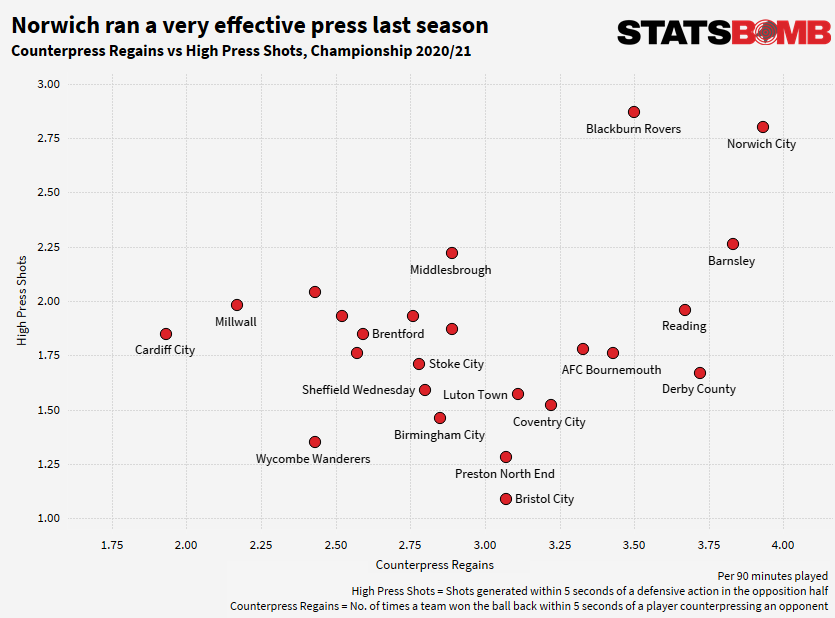 That Norwich conceded the fewest counterattacking shots in the league was as much down to the midfield pair of Oliver Skipp and Kenny McLean performing caretaking duties in front of the defence as it was the effective counterpress. Norwich weren’t shy of committing bodies forward, often attacking with six players if not more with the full-backs bombing on, so when the opposition did attempt to break from their own third, they found Skipp and McLean - with their names like a 70s buddy cop duo - taking no nonsense and pulling over any opposition attempts to break and enter. Personnel & Transfers Daniel Farke changed little about his team’s approach the last time they came up, drawing praise from football purists but ultimately falling short, relegated in 20th place and with a -49 goal difference. Change is anticipated this time around, with Farke reportedly looking to play with the handbrake on more often and prioritise Norwich’s defensive shape over their attacking fluidity. Knowing what we do about the ex-Dortmund II coach and the club’s overarching philosophy, this far from equates to a complete overhaul of the playing style, just tweaks and adjustments here and there to make the team as a whole more defensively robust. It’s expected that we could see Norwich drop the #10 and line up in a 4-3-3 with a bigger focus on transitions, as opposed to the 4-2-3-1 witnessed in every Farke season to date. This is likely to mean that… ok, ok, ok. I’ve gone on long enough. Time to talk about the elephant in the room. Emiliano Buendía. Last season Buendía put in one of the most impressive individual seasons ever seen in England’s second tier, often playing football that looked more suited to the Champions League than the Championship. As well as consistently dazzling and delighting the Norwich support with displays of ball mastery, the Argentinian showed why he’s developed a reputation as a feisty customer, biting at the ankles of his opponents and generally being an absolute nuisance out of possession. He completed the ‘double double’ – recording 15 goals and 14 assists – but also moved the ball to the final third more than any other player in the league (adjusted to a per 90 minutes rate) and recorded the most possession-adjusted pressures per 90 as well. There’s little this player doesn’t do. No surprise then that Aston Villa were keen to offer Norwich a fee that was the highest the Canaries have ever received for a player. It goes without saying that Buendía will be very difficult to replace. Which brings us to the squad additions. So far there’s been three key moves, the first being what looks to be Buendía’s replacement: Milot Rashica. Rashica doesn’t represent a direct like-for-like exchange and his signing backs up the theory that Norwich will emphasise attacking transitions this season. Signed from relegated Bundesliga club Werder Bremen, Rashica’s attacking versatility could make him an important player for Norwich this season. He’s predominantly a wide attacker, but has also spent time leading the line and in deeper central positions across his 3.5 Bundesliga seasons. Last season he put up reasonable shot (2.4 per 90) and dribble (2.5 per 90) volumes on a relegated side, and a defensive work rate is also visible in the data, particularly in previous seasons.
That Norwich conceded the fewest counterattacking shots in the league was as much down to the midfield pair of Oliver Skipp and Kenny McLean performing caretaking duties in front of the defence as it was the effective counterpress. Norwich weren’t shy of committing bodies forward, often attacking with six players if not more with the full-backs bombing on, so when the opposition did attempt to break from their own third, they found Skipp and McLean - with their names like a 70s buddy cop duo - taking no nonsense and pulling over any opposition attempts to break and enter. Personnel & Transfers Daniel Farke changed little about his team’s approach the last time they came up, drawing praise from football purists but ultimately falling short, relegated in 20th place and with a -49 goal difference. Change is anticipated this time around, with Farke reportedly looking to play with the handbrake on more often and prioritise Norwich’s defensive shape over their attacking fluidity. Knowing what we do about the ex-Dortmund II coach and the club’s overarching philosophy, this far from equates to a complete overhaul of the playing style, just tweaks and adjustments here and there to make the team as a whole more defensively robust. It’s expected that we could see Norwich drop the #10 and line up in a 4-3-3 with a bigger focus on transitions, as opposed to the 4-2-3-1 witnessed in every Farke season to date. This is likely to mean that… ok, ok, ok. I’ve gone on long enough. Time to talk about the elephant in the room. Emiliano Buendía. Last season Buendía put in one of the most impressive individual seasons ever seen in England’s second tier, often playing football that looked more suited to the Champions League than the Championship. As well as consistently dazzling and delighting the Norwich support with displays of ball mastery, the Argentinian showed why he’s developed a reputation as a feisty customer, biting at the ankles of his opponents and generally being an absolute nuisance out of possession. He completed the ‘double double’ – recording 15 goals and 14 assists – but also moved the ball to the final third more than any other player in the league (adjusted to a per 90 minutes rate) and recorded the most possession-adjusted pressures per 90 as well. There’s little this player doesn’t do. No surprise then that Aston Villa were keen to offer Norwich a fee that was the highest the Canaries have ever received for a player. It goes without saying that Buendía will be very difficult to replace. Which brings us to the squad additions. So far there’s been three key moves, the first being what looks to be Buendía’s replacement: Milot Rashica. Rashica doesn’t represent a direct like-for-like exchange and his signing backs up the theory that Norwich will emphasise attacking transitions this season. Signed from relegated Bundesliga club Werder Bremen, Rashica’s attacking versatility could make him an important player for Norwich this season. He’s predominantly a wide attacker, but has also spent time leading the line and in deeper central positions across his 3.5 Bundesliga seasons. Last season he put up reasonable shot (2.4 per 90) and dribble (2.5 per 90) volumes on a relegated side, and a defensive work rate is also visible in the data, particularly in previous seasons. 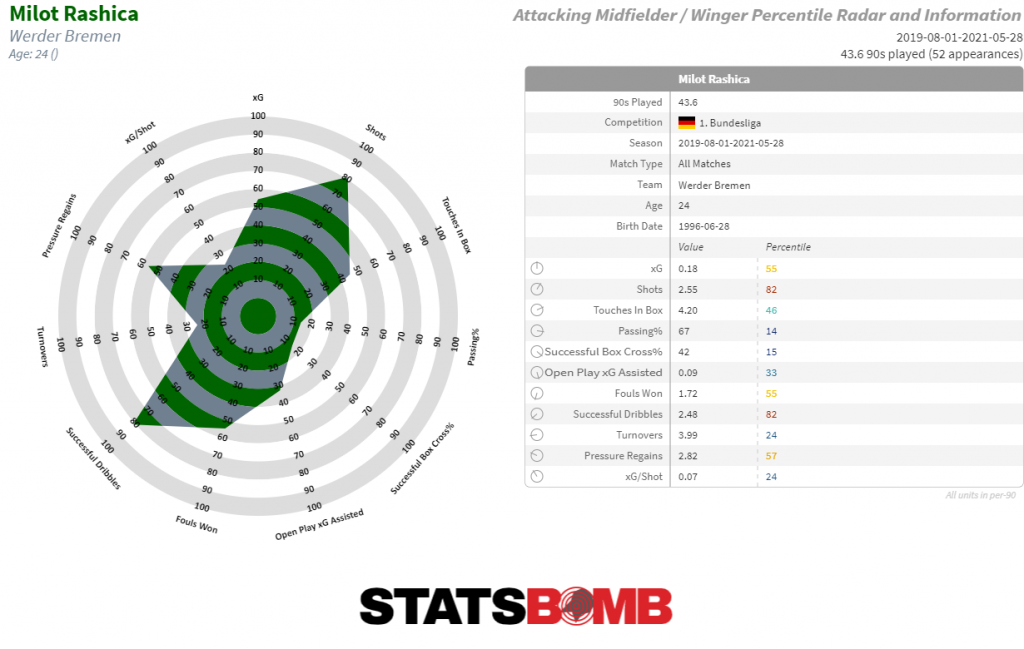 The second and third key moves are that of Billy Gilmour, signed on a season-long loan from Chelsea, and Pierre Lees Melou, who arrives from OGC Nice in Ligue 1. Gilmour’s burgeoning reputation makes his signing regarded as a bit of a coup. It’s highly likely Farke’s existing relationship with Thomas Tuchel – Farke was Dortmund II manager while Tuchel was there as first team manager -- played a key role in securing his signature, but Gilmour should be well suited to Norwich’s play as well, his technical ability should help to speed up those transitions through the midfield. Though the club still retains an interest in taking Championship Team of The Year entrant Oliver Skipp on loan from Tottenham again, the signing of Melou does add defensive reinforcement to the midfield. Curiously, Melou only moved into the professional game at the age of 22, jumping from France’s 5th tier to join Dijon in Ligue 2 in 2015, the equivalent of graduating from the National League to the Championship in one step. He switched to Nice after one Ligue 1 season with Dijon and has been a regular in the French top tier ever since, making 151 appearances over five seasons. Besides the years of experience in a top European league, there’s lots to like about Melou’s profile. Given he’ll be at the centre of Premier League midfield battles, an ability to play under pressure is essential, and it appears as though he should be capable of doing that: Melou’s Pressured Pass Completion % of 85% was the same clip as his regular, unpressured pass completion %. Norwich will also be looking for a defensive contribution from their new midfielder, and this is where it seems the Frenchman will excel. Melou was one of the most active defenders in Ligue 1 last season; compared to all central midfielders in the league, he ranked 12th for possession-adjusted tackles and interceptions. All in all, if he can translate these performances to the Premier League, this looks like it could be a very clever bit of business at the reported £3.5m fee.
The second and third key moves are that of Billy Gilmour, signed on a season-long loan from Chelsea, and Pierre Lees Melou, who arrives from OGC Nice in Ligue 1. Gilmour’s burgeoning reputation makes his signing regarded as a bit of a coup. It’s highly likely Farke’s existing relationship with Thomas Tuchel – Farke was Dortmund II manager while Tuchel was there as first team manager -- played a key role in securing his signature, but Gilmour should be well suited to Norwich’s play as well, his technical ability should help to speed up those transitions through the midfield. Though the club still retains an interest in taking Championship Team of The Year entrant Oliver Skipp on loan from Tottenham again, the signing of Melou does add defensive reinforcement to the midfield. Curiously, Melou only moved into the professional game at the age of 22, jumping from France’s 5th tier to join Dijon in Ligue 2 in 2015, the equivalent of graduating from the National League to the Championship in one step. He switched to Nice after one Ligue 1 season with Dijon and has been a regular in the French top tier ever since, making 151 appearances over five seasons. Besides the years of experience in a top European league, there’s lots to like about Melou’s profile. Given he’ll be at the centre of Premier League midfield battles, an ability to play under pressure is essential, and it appears as though he should be capable of doing that: Melou’s Pressured Pass Completion % of 85% was the same clip as his regular, unpressured pass completion %. Norwich will also be looking for a defensive contribution from their new midfielder, and this is where it seems the Frenchman will excel. Melou was one of the most active defenders in Ligue 1 last season; compared to all central midfielders in the league, he ranked 12th for possession-adjusted tackles and interceptions. All in all, if he can translate these performances to the Premier League, this looks like it could be a very clever bit of business at the reported £3.5m fee. 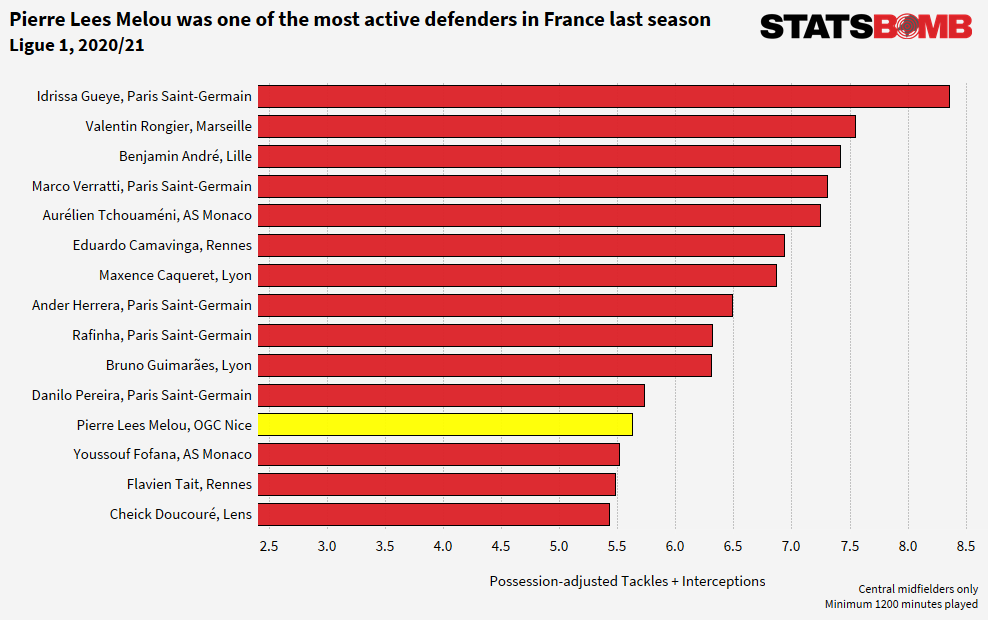 Projection The bad news is the sale of Buendía, but the good news is that there’s a strong sense that Norwich come into this Premier League season better prepared to make a good fist of avoiding relegation than the last time they were here, even without Buendía. Farke and co. will be under no illusions that this will likely be another season of struggle, but it feels as though everyone at the club is richer for the experience of the 2019/20 season, and arrive ready to fight smarter in this campaign. The points spreads are backing them to beat their points tally from last time with the line set at 36.25, a total that makes them 2nd favourites to go down but one that also puts them within range of their relegation rivals and well capable of survival. It’s a challenge no doubt, but Farke’s men ride again.
Projection The bad news is the sale of Buendía, but the good news is that there’s a strong sense that Norwich come into this Premier League season better prepared to make a good fist of avoiding relegation than the last time they were here, even without Buendía. Farke and co. will be under no illusions that this will likely be another season of struggle, but it feels as though everyone at the club is richer for the experience of the 2019/20 season, and arrive ready to fight smarter in this campaign. The points spreads are backing them to beat their points tally from last time with the line set at 36.25, a total that makes them 2nd favourites to go down but one that also puts them within range of their relegation rivals and well capable of survival. It’s a challenge no doubt, but Farke’s men ride again. 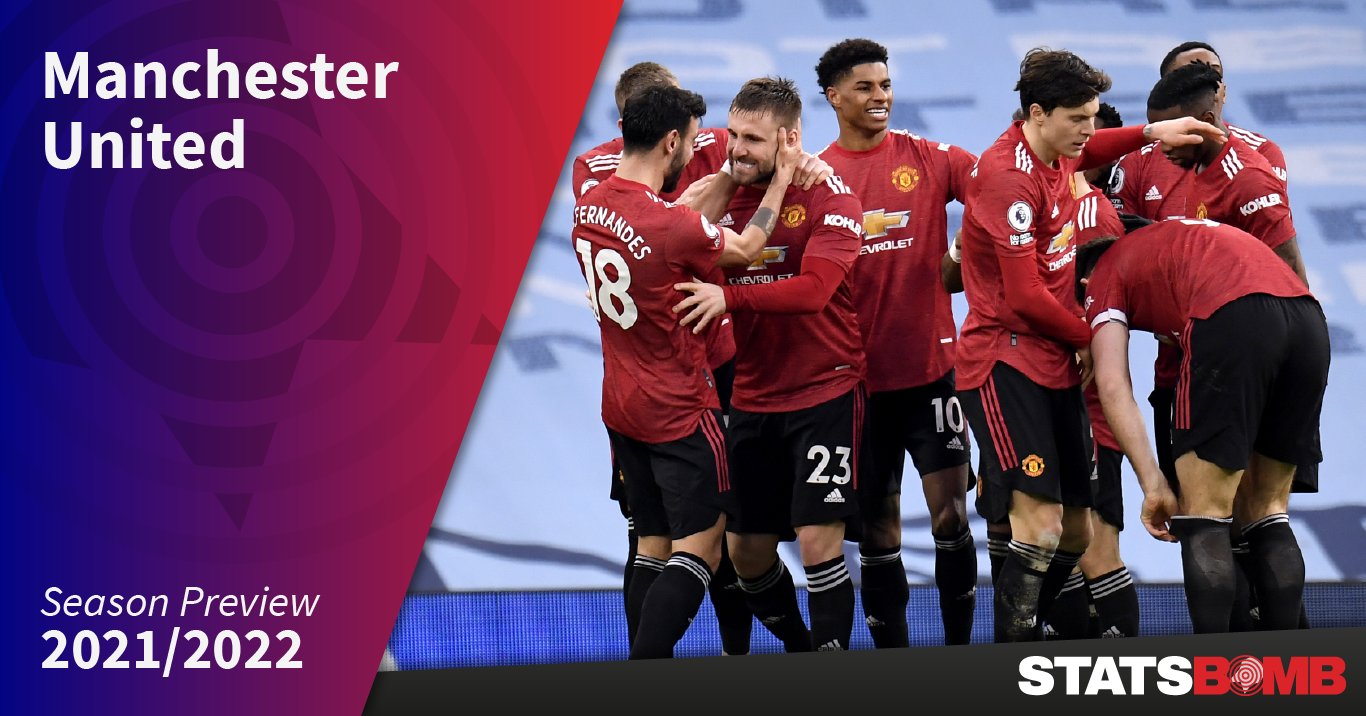
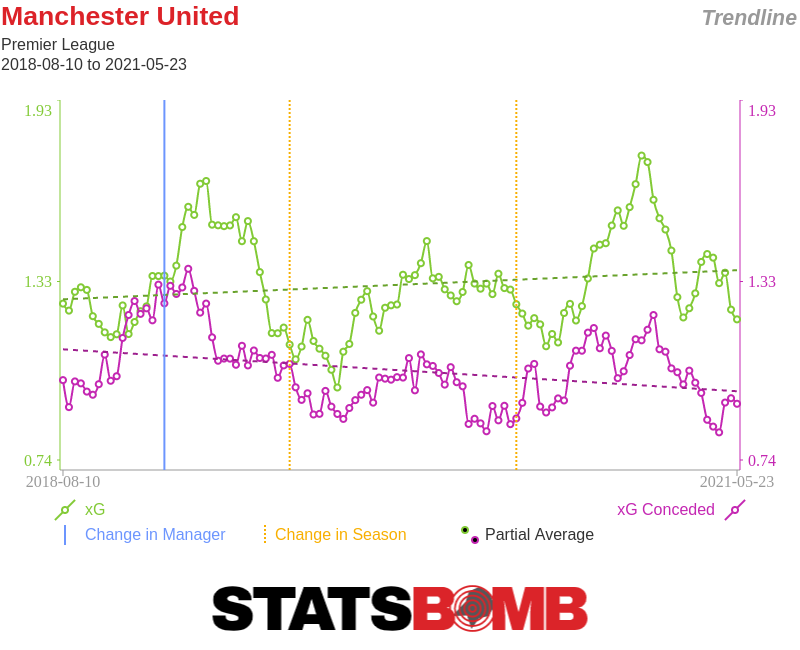
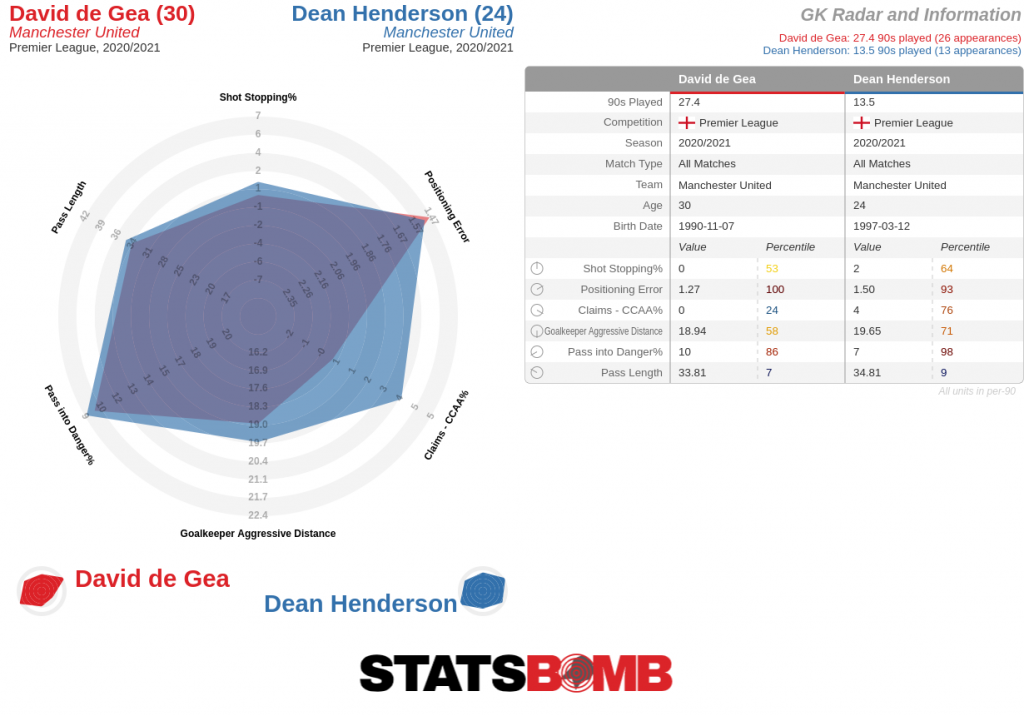
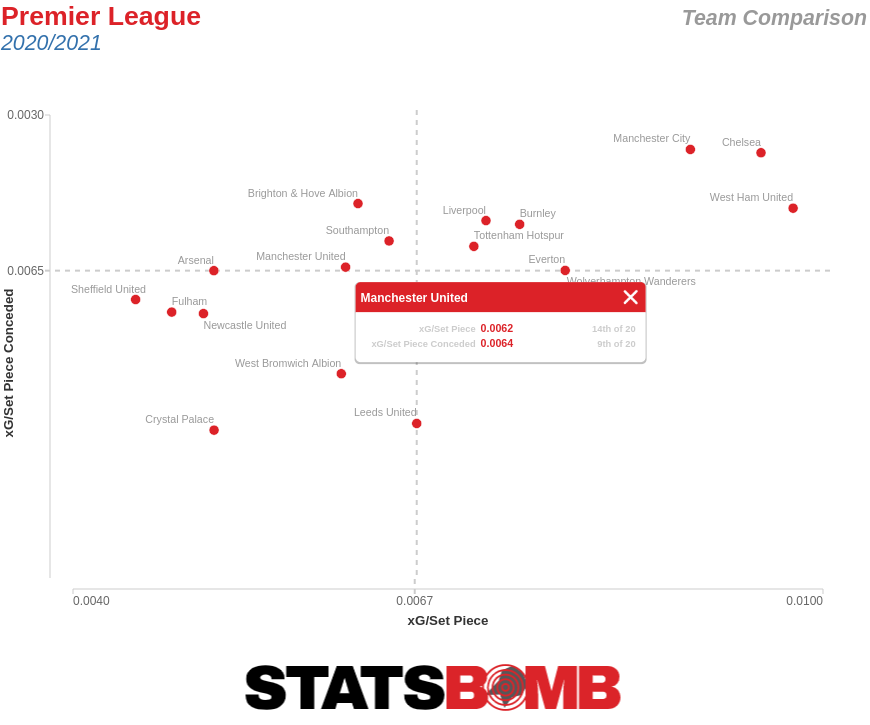
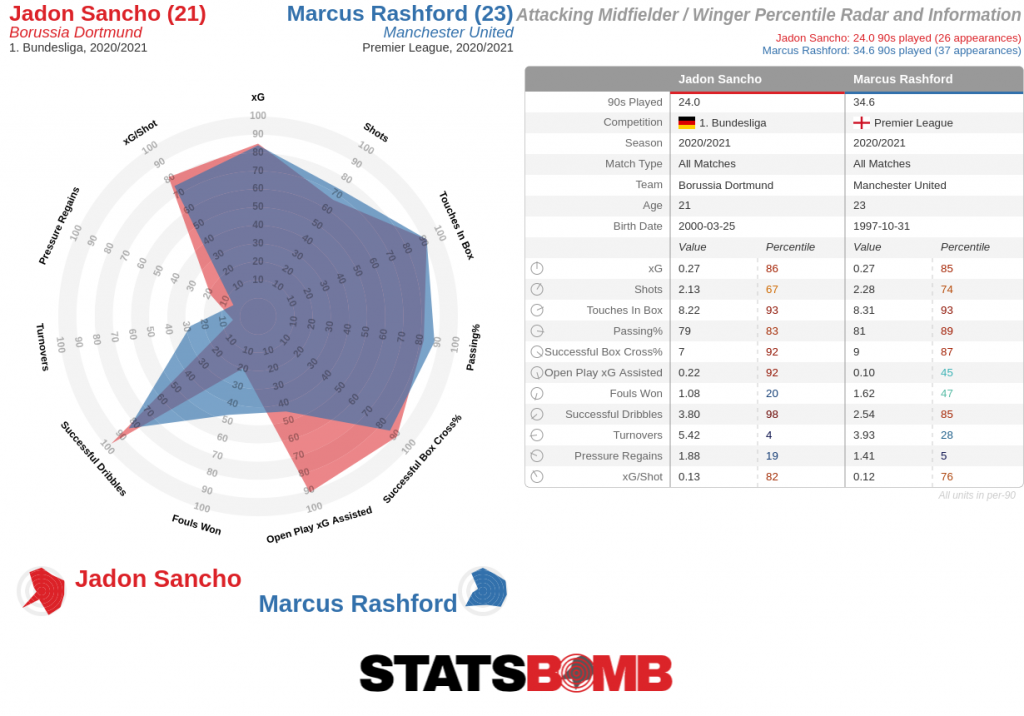
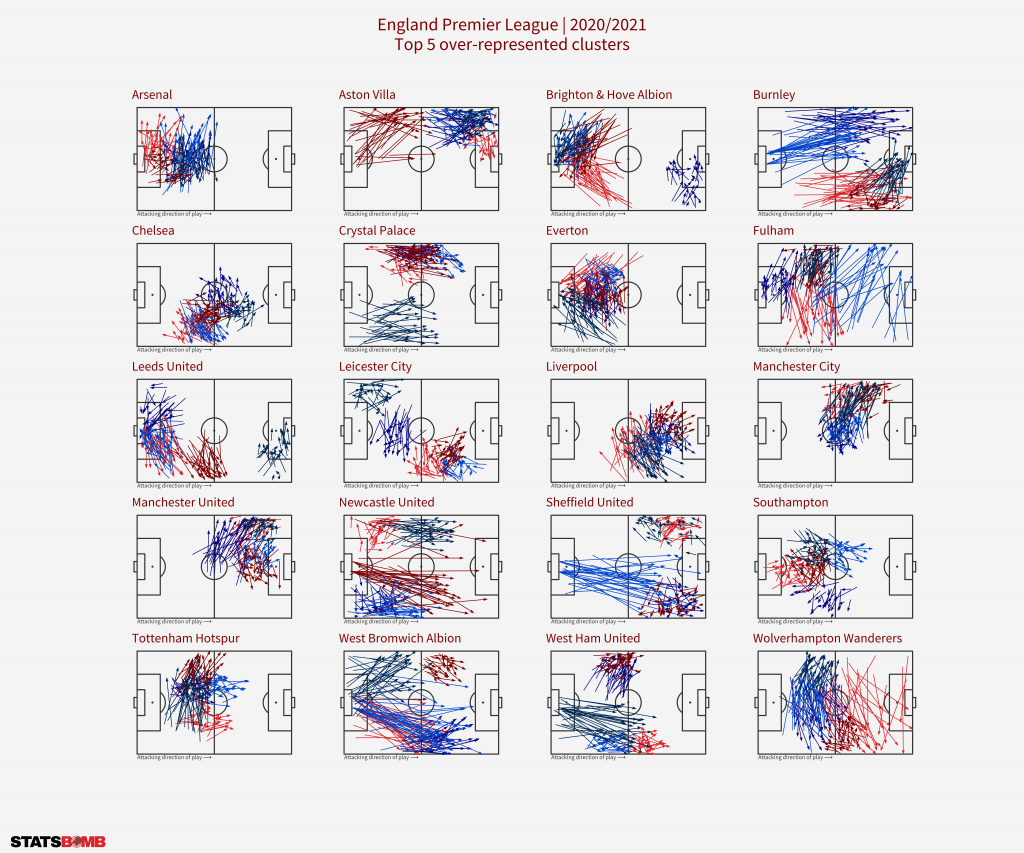
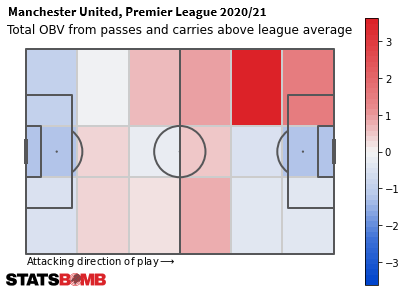
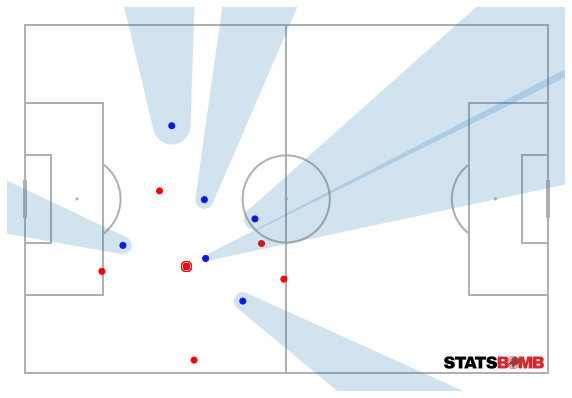
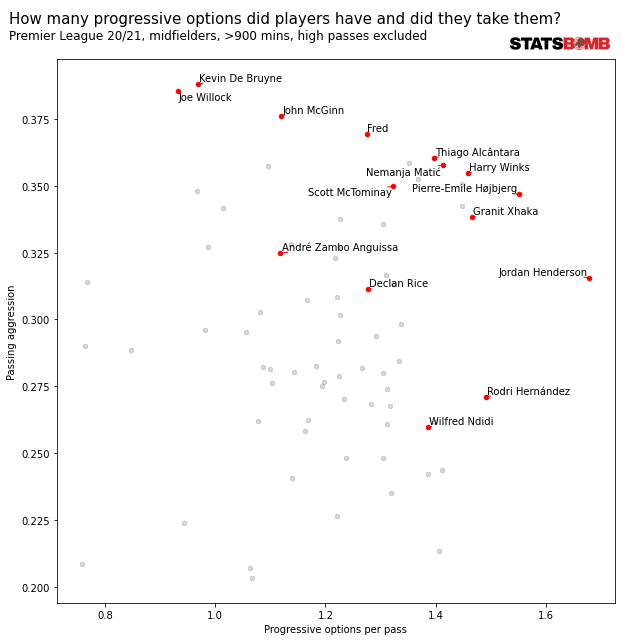
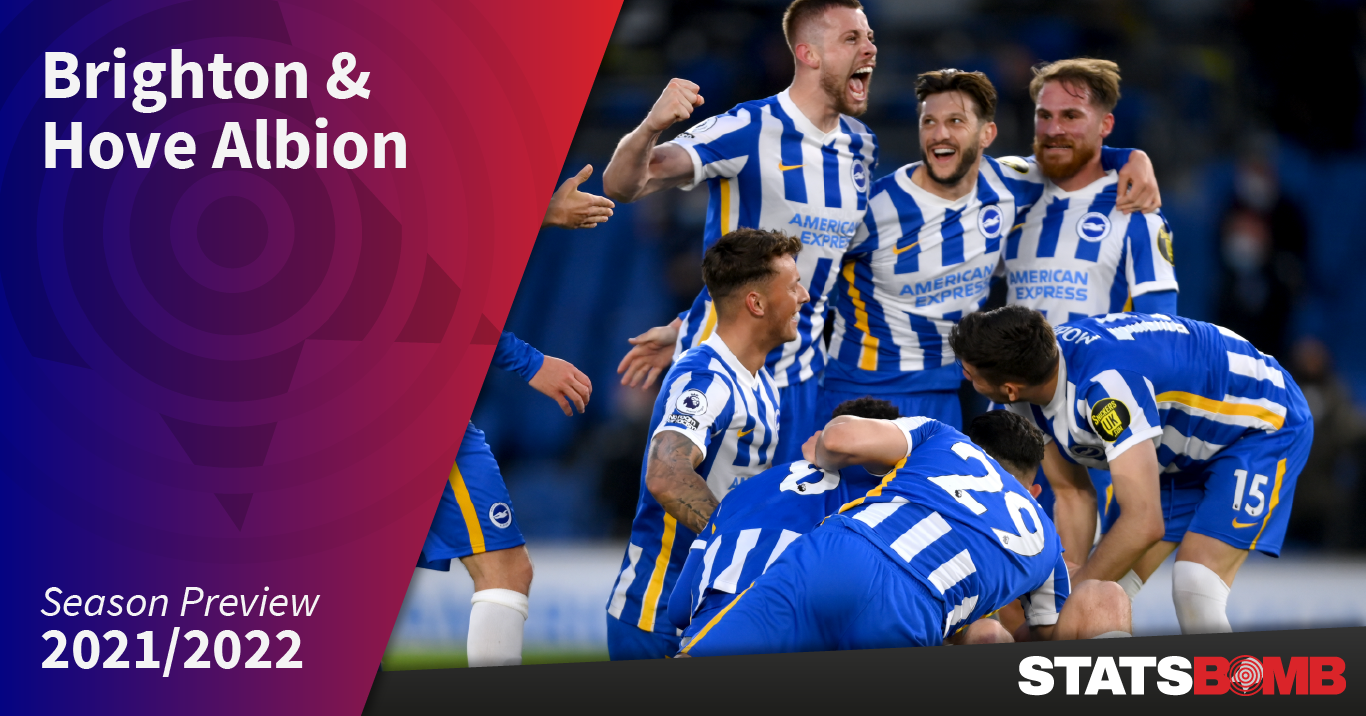
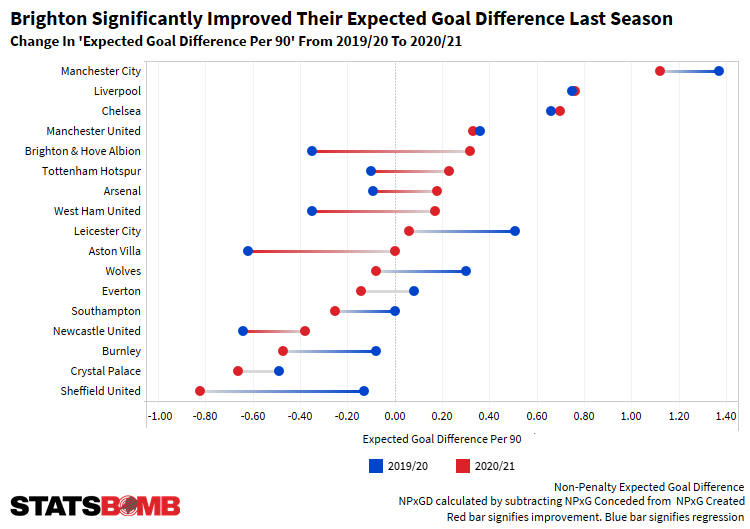
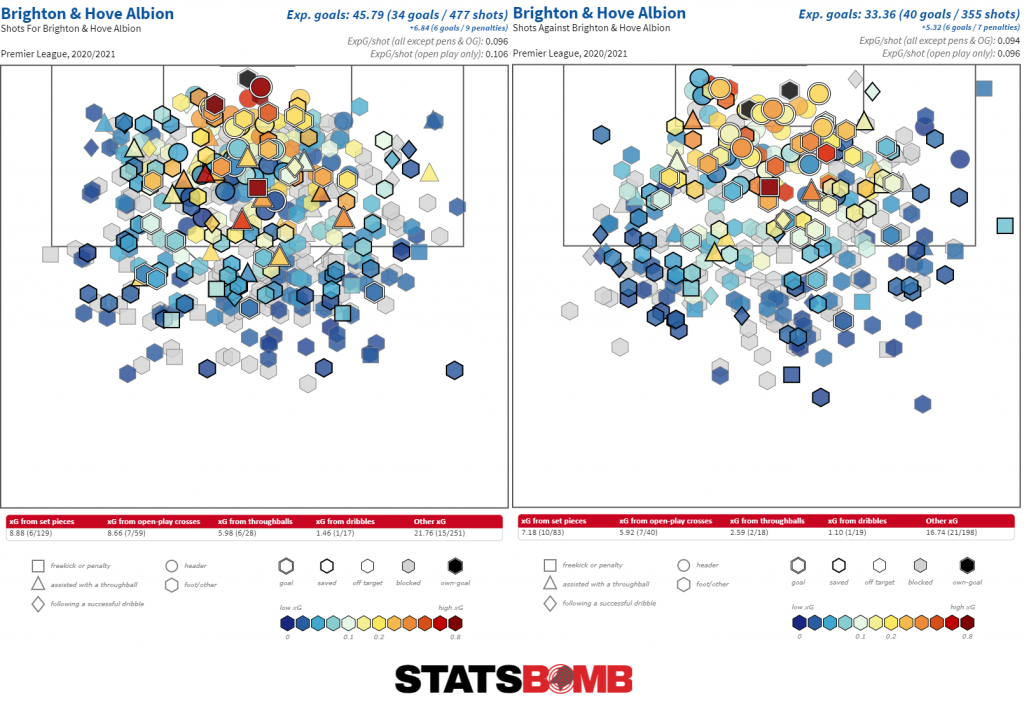
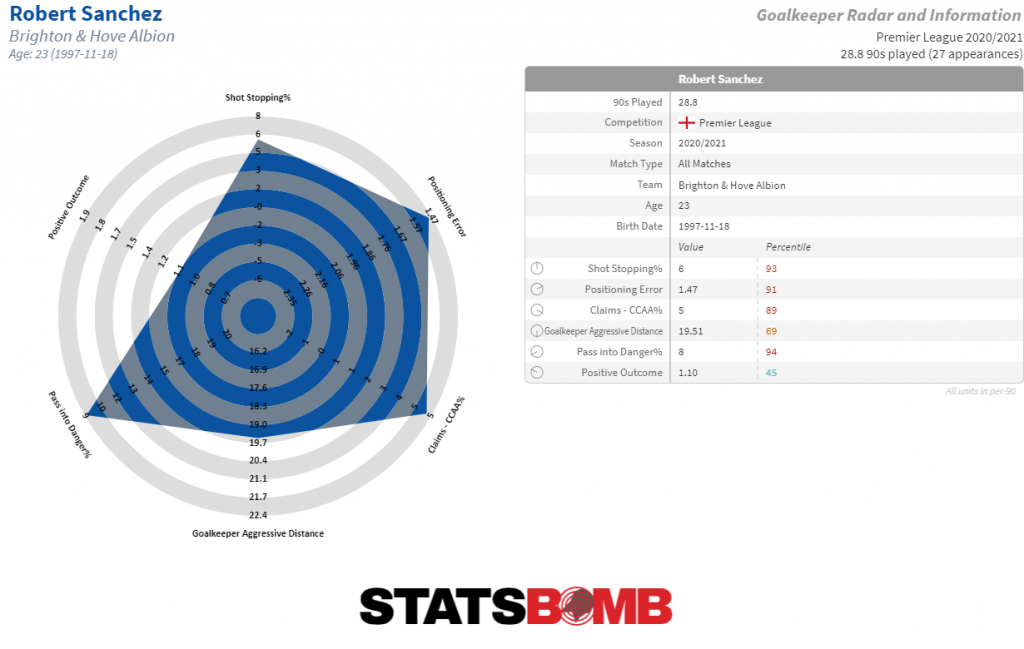
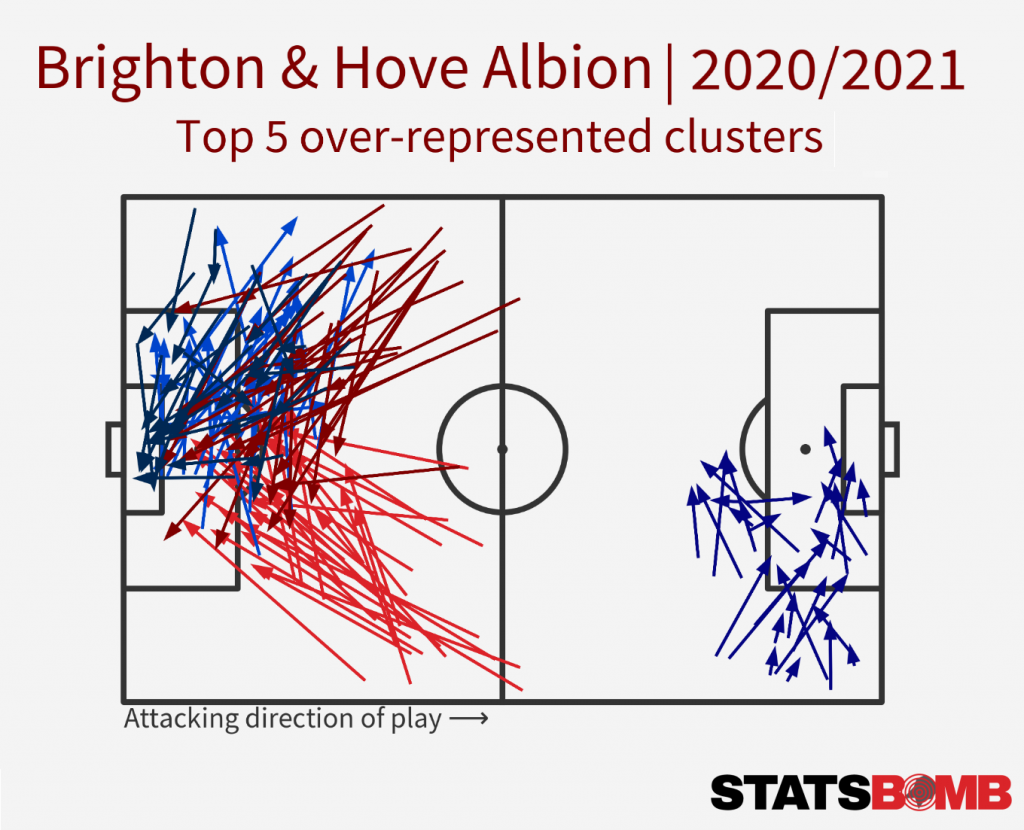
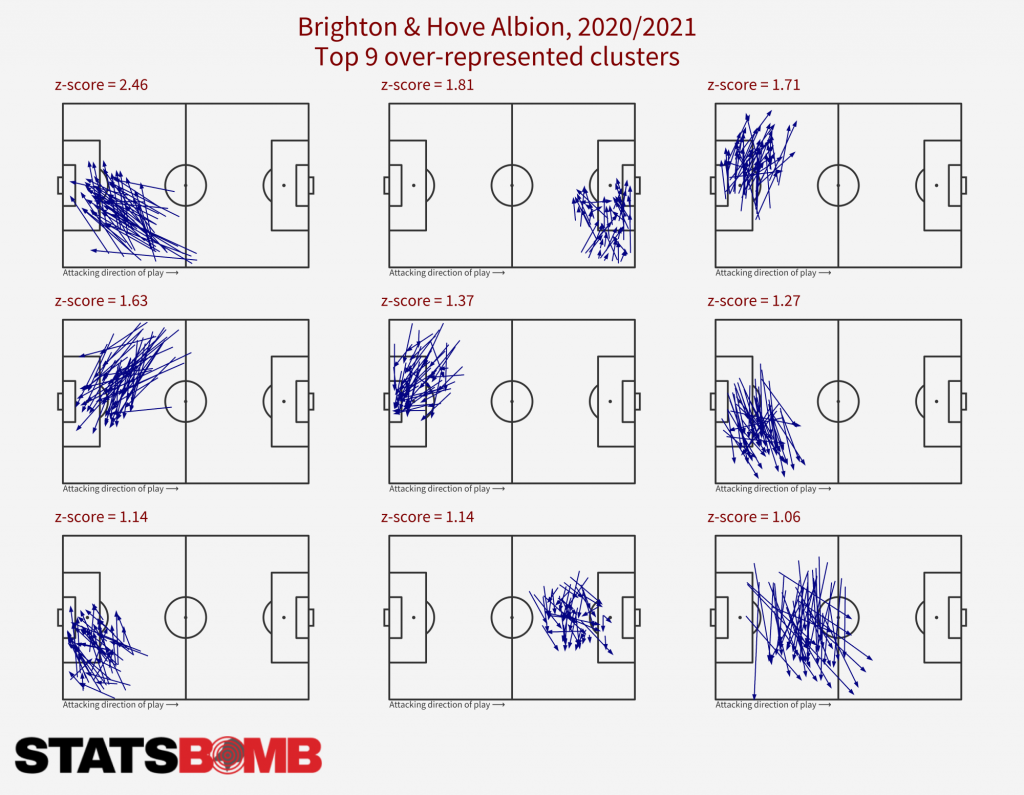 A short-passing possession game that’s effective at getting into areas for cutbacks? It’s no wonder Pep was enamoured.
A short-passing possession game that’s effective at getting into areas for cutbacks? It’s no wonder Pep was enamoured.